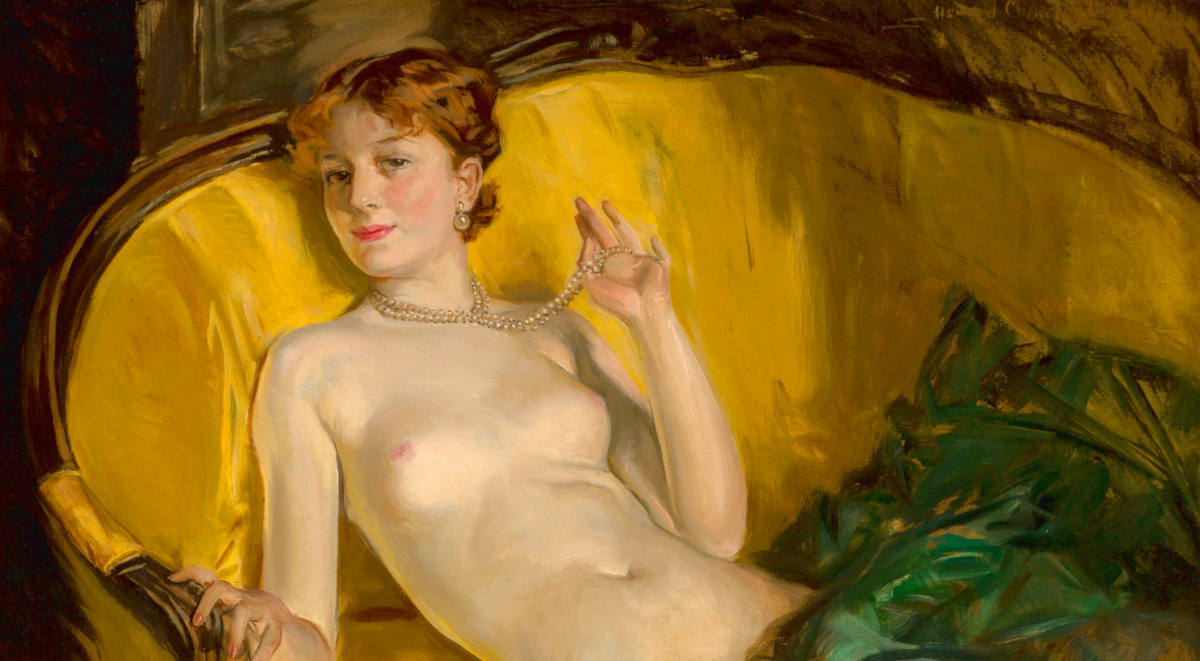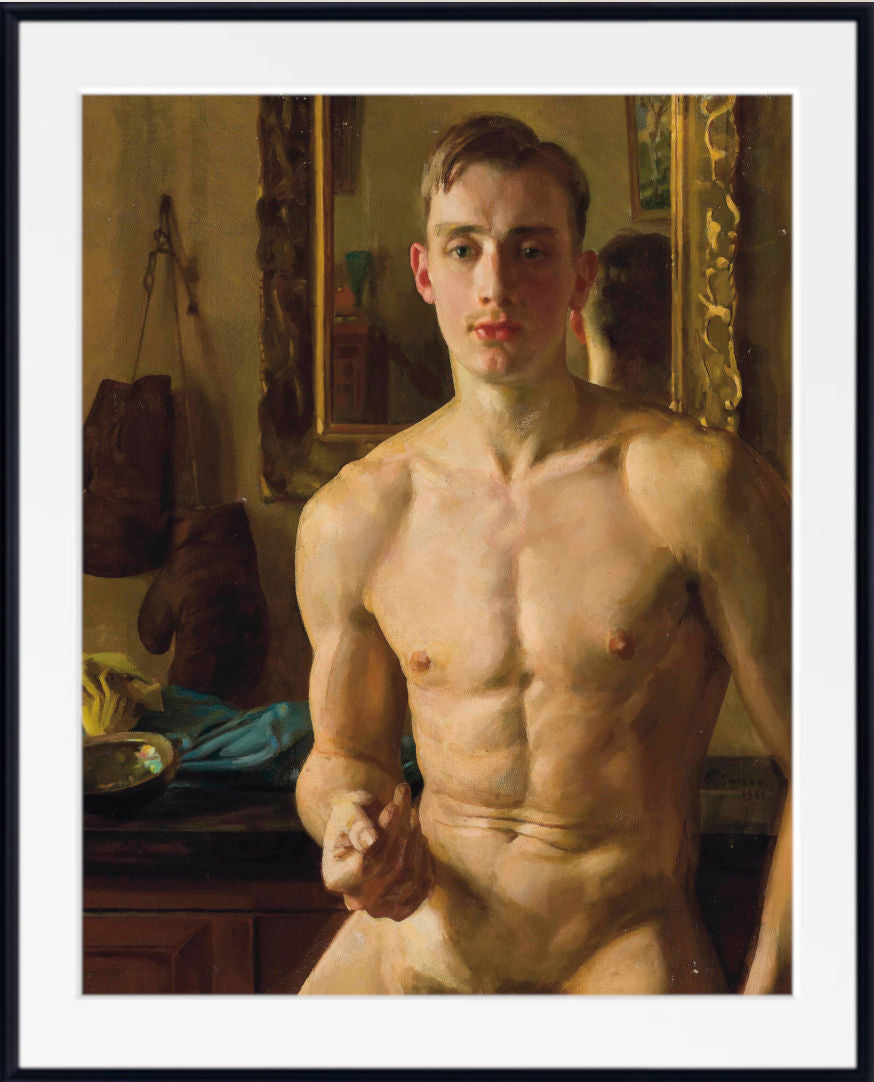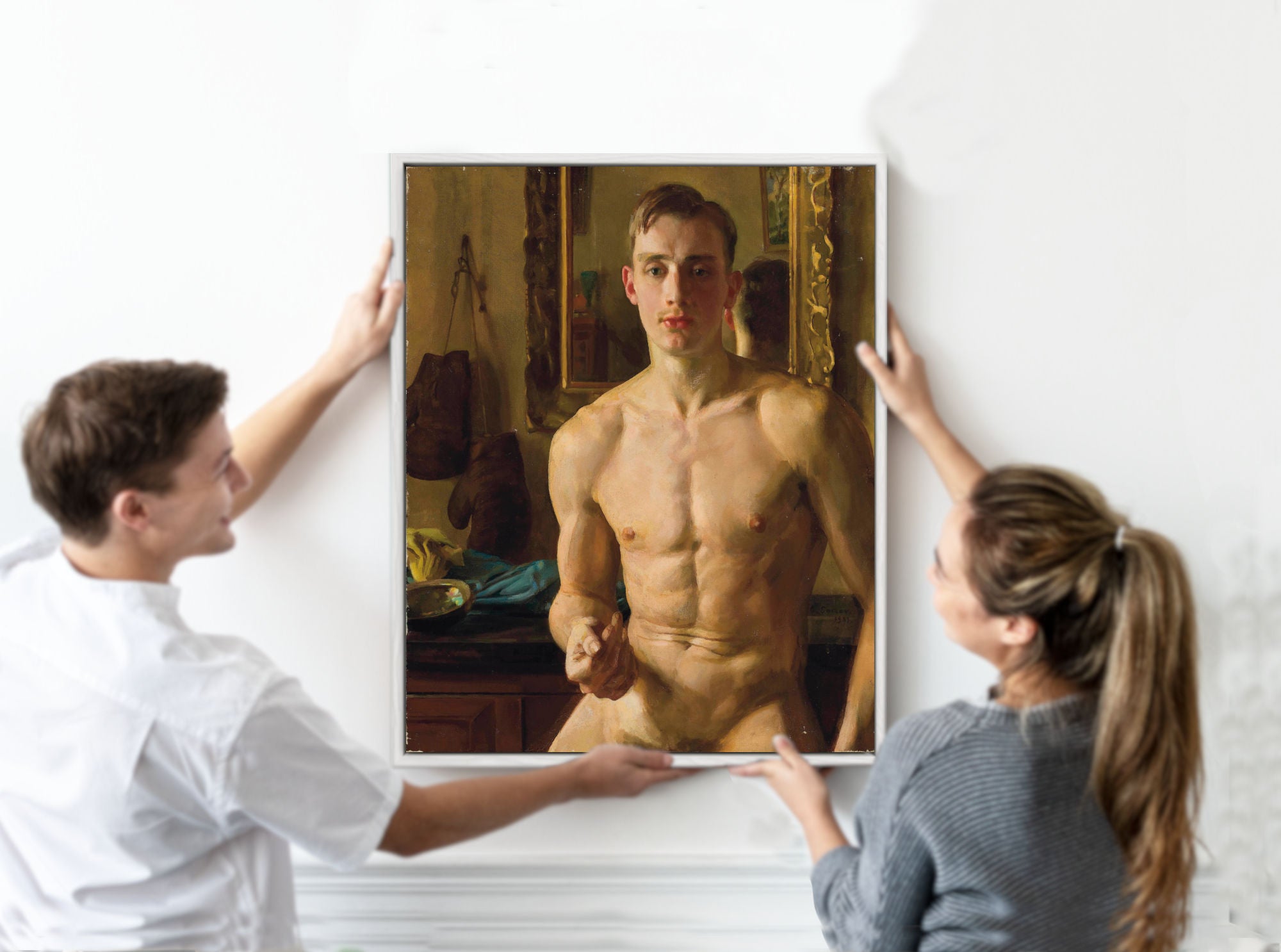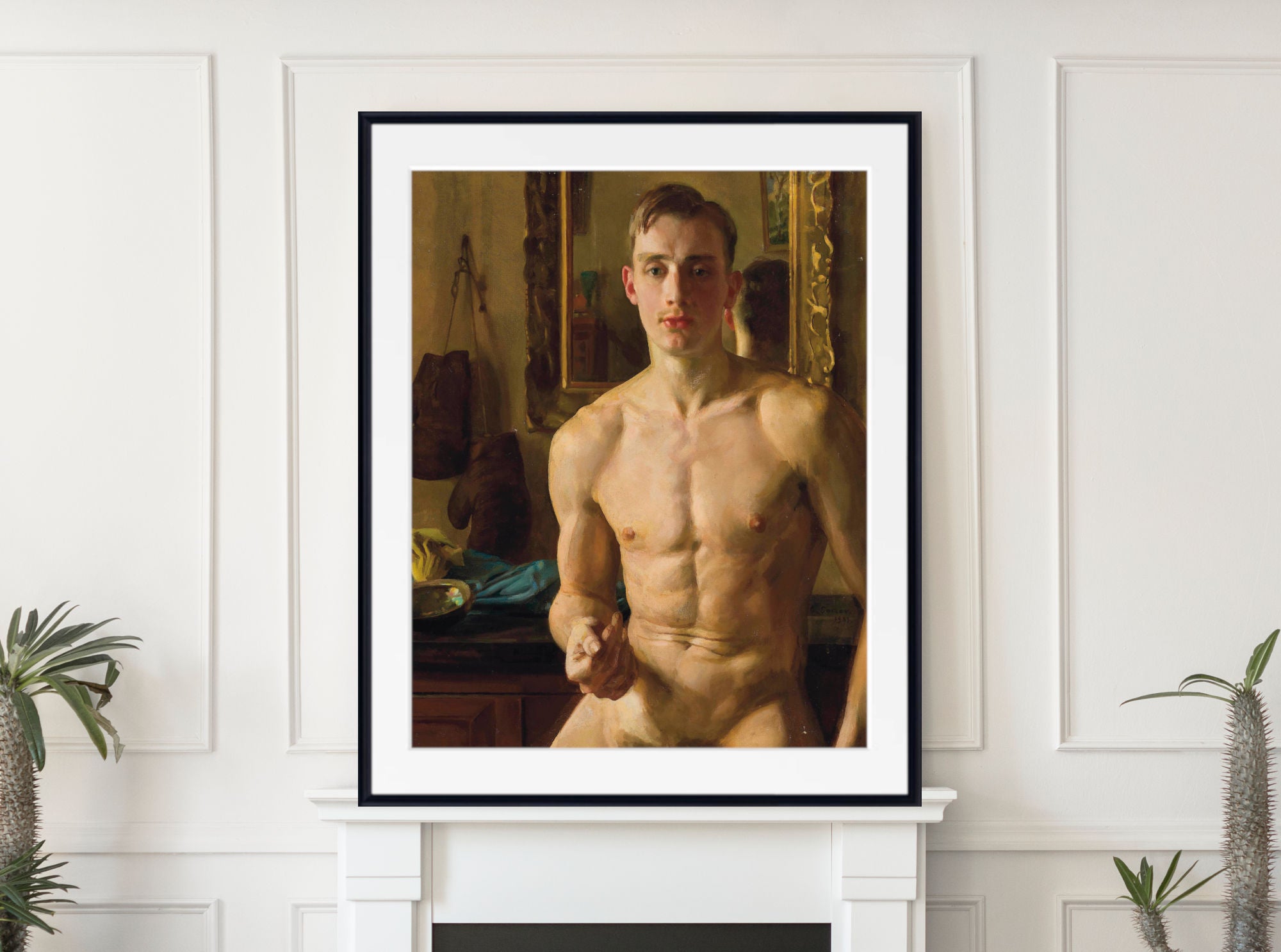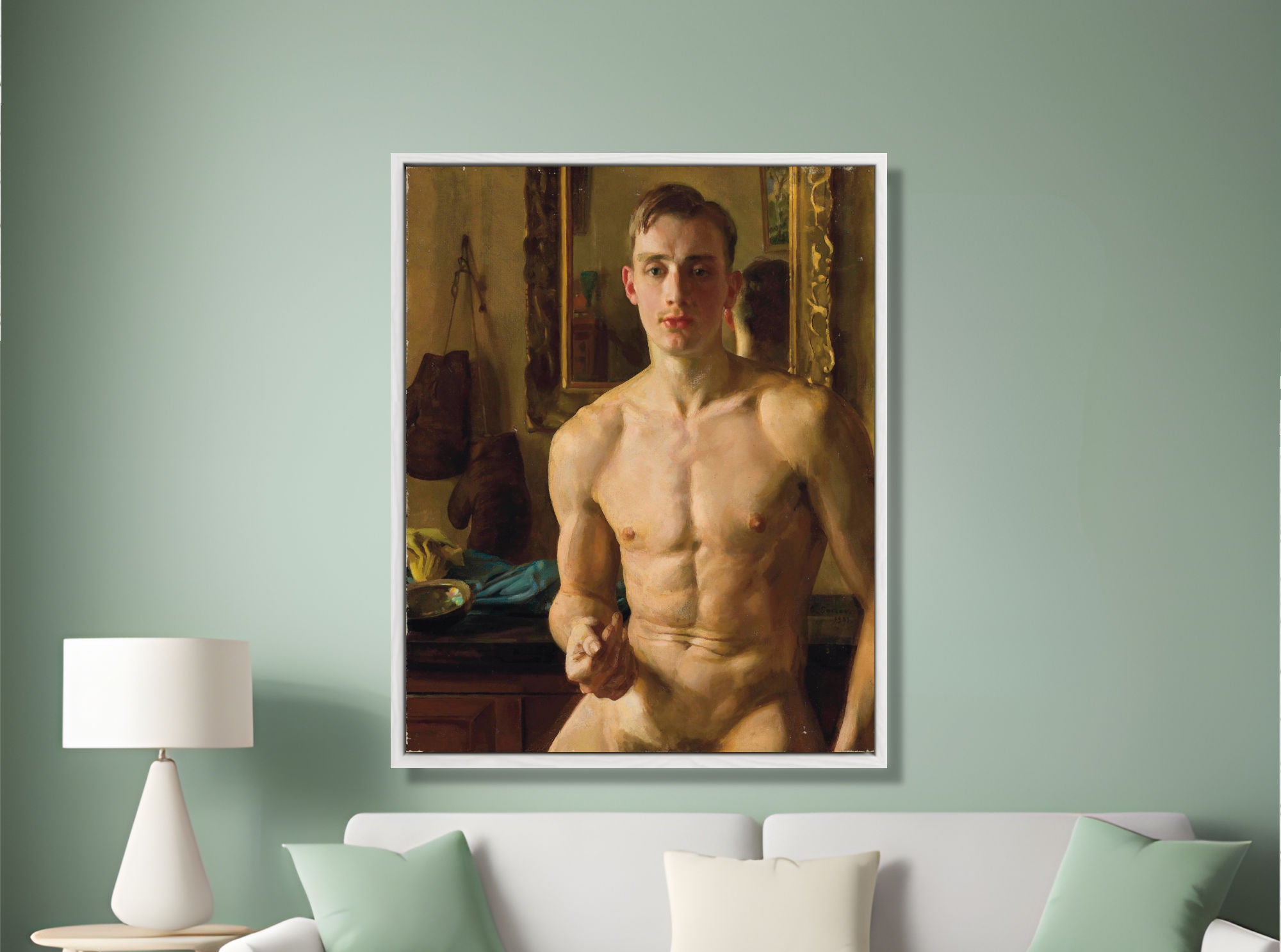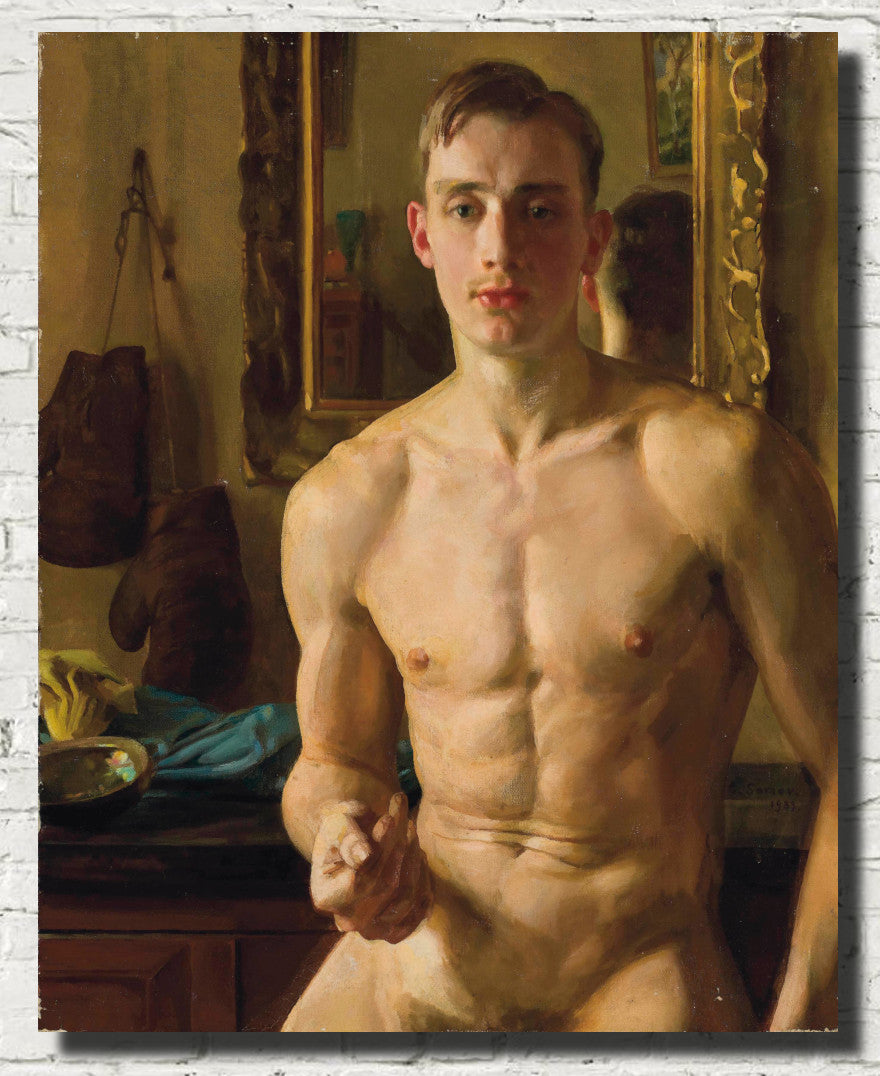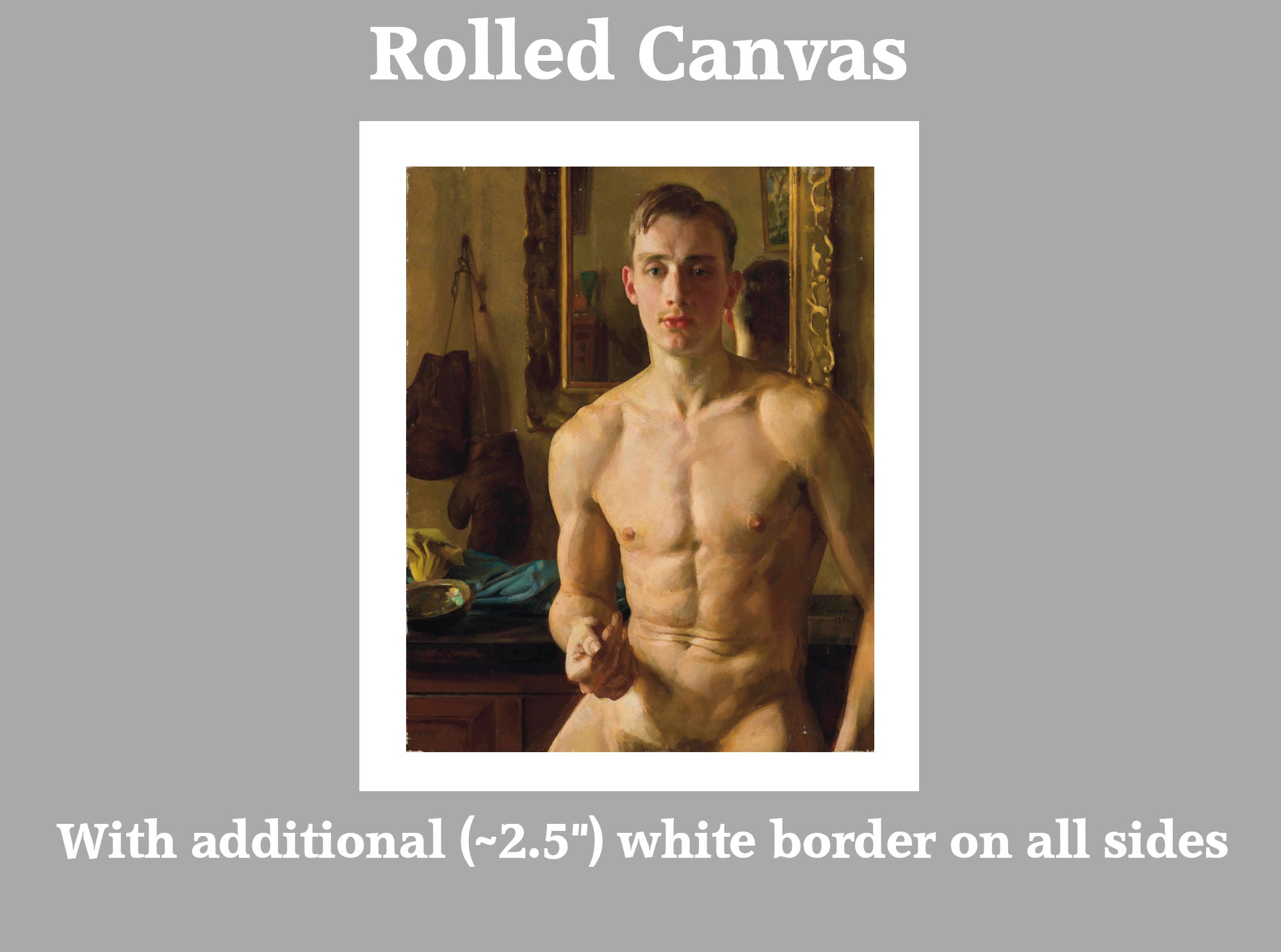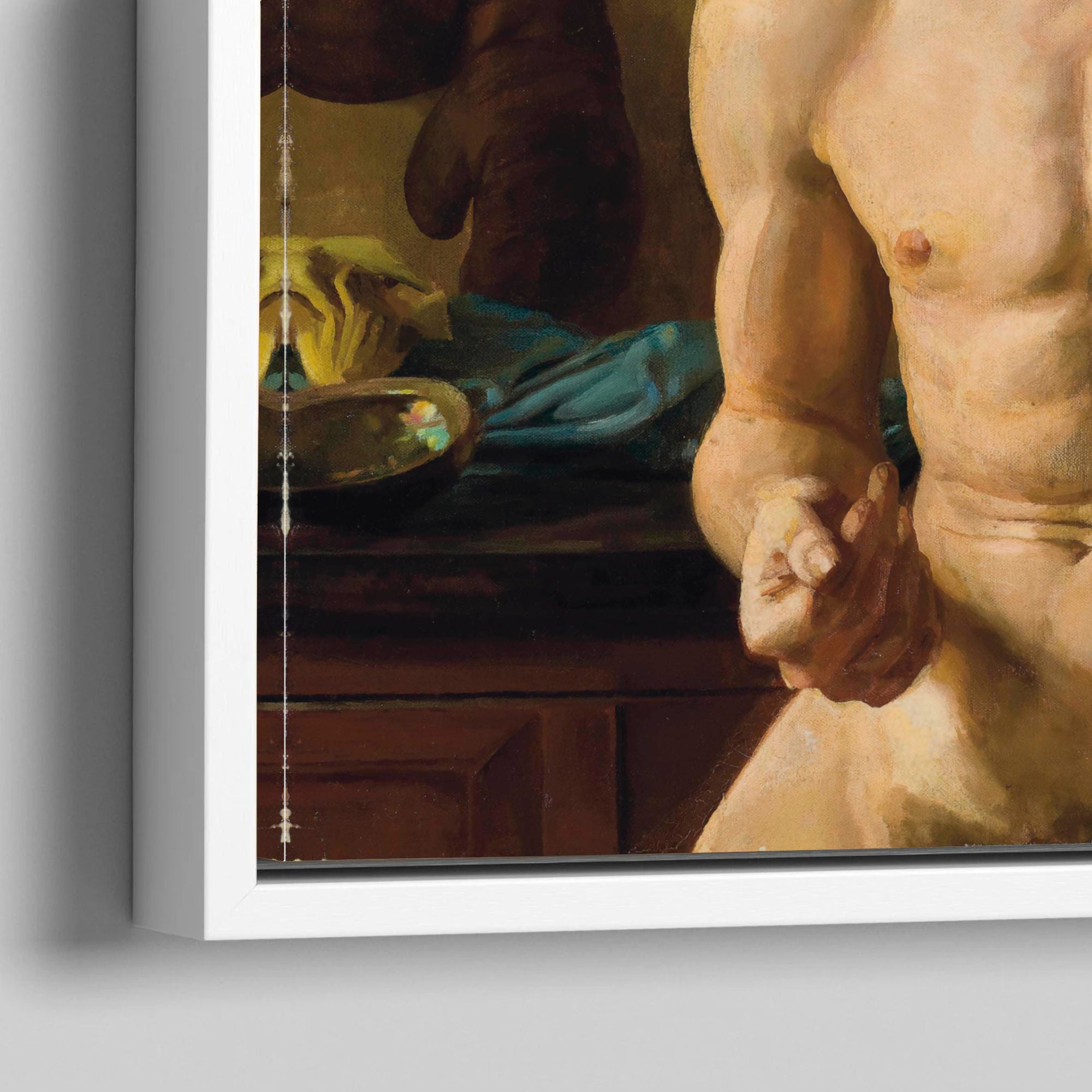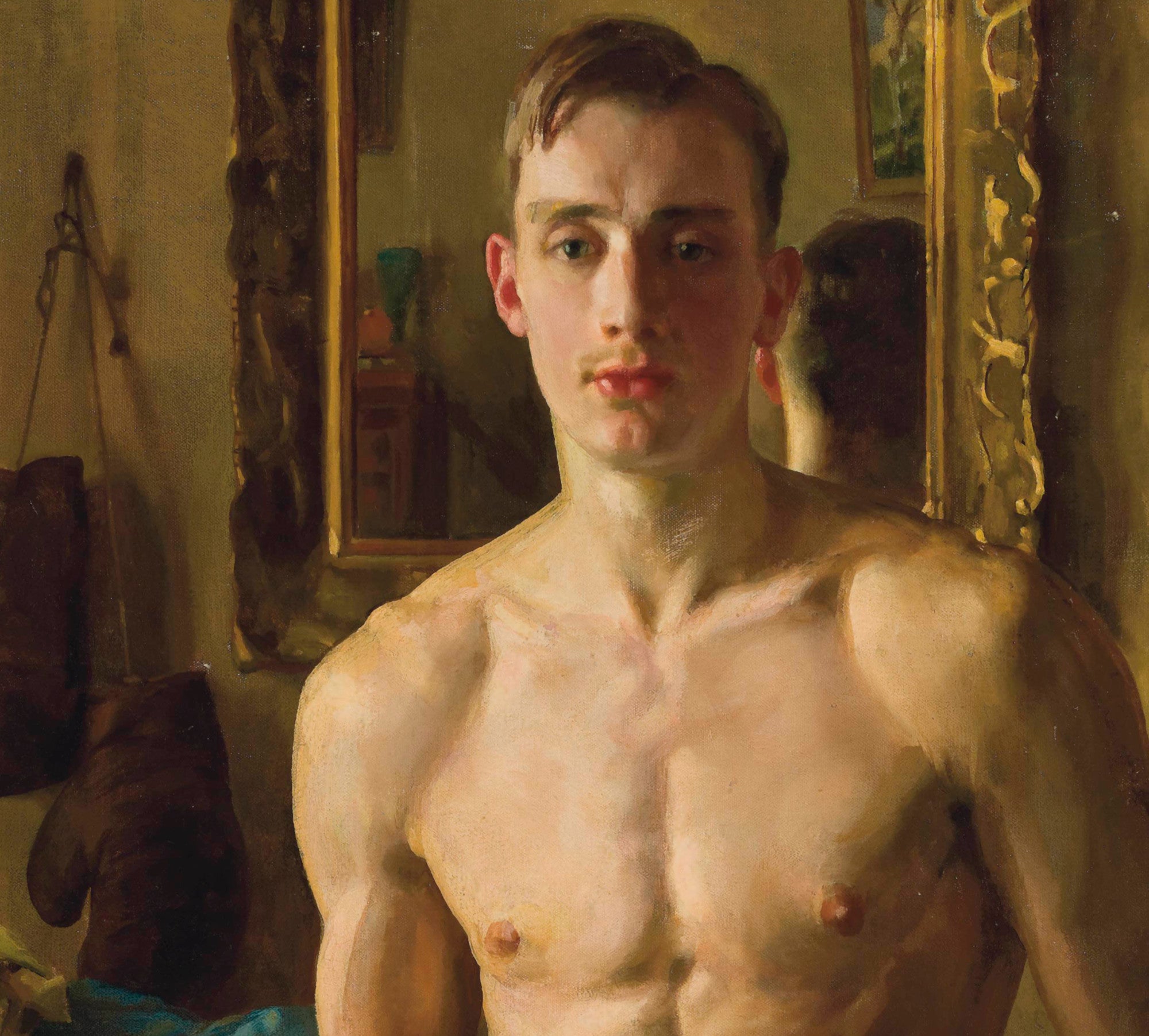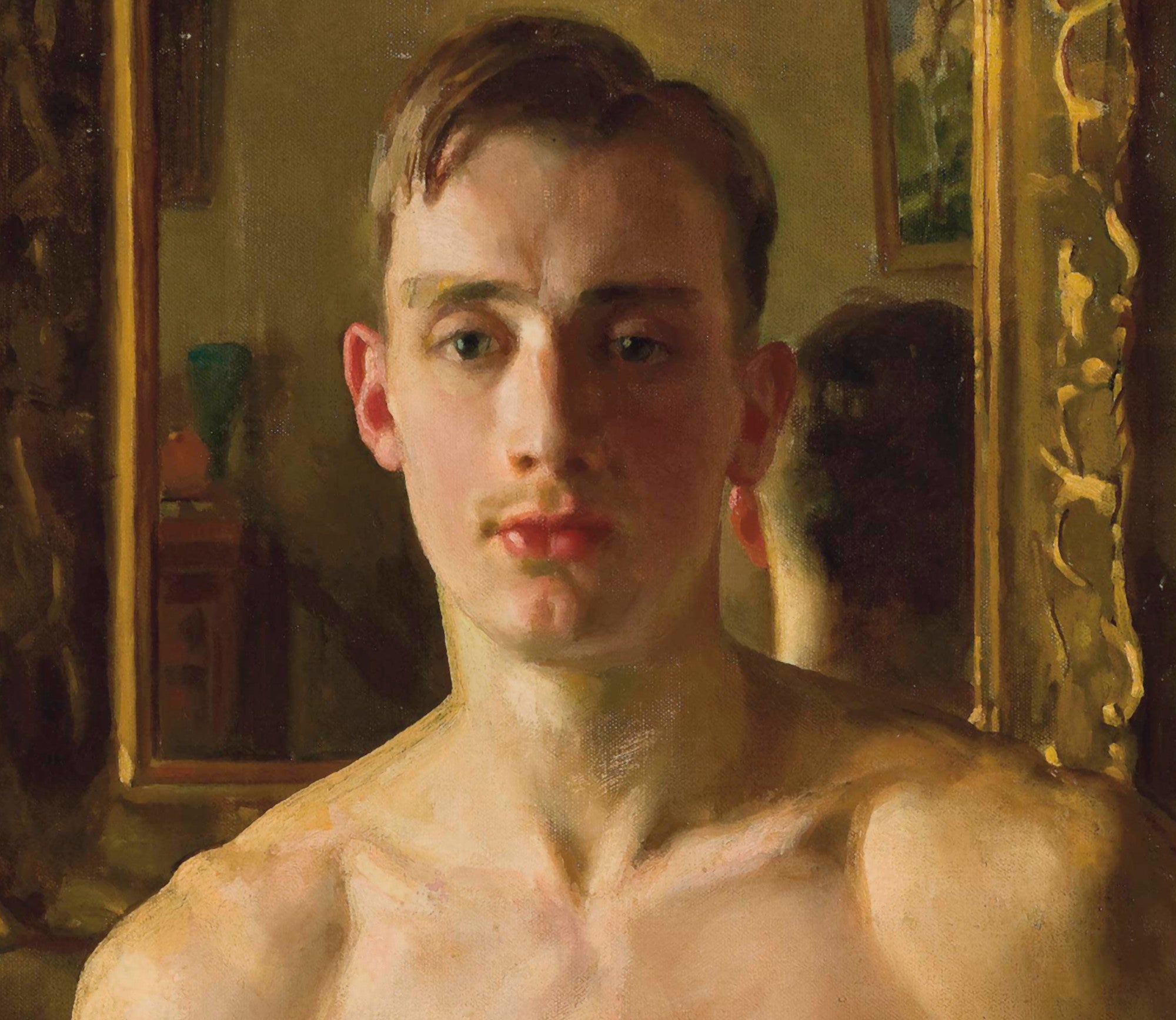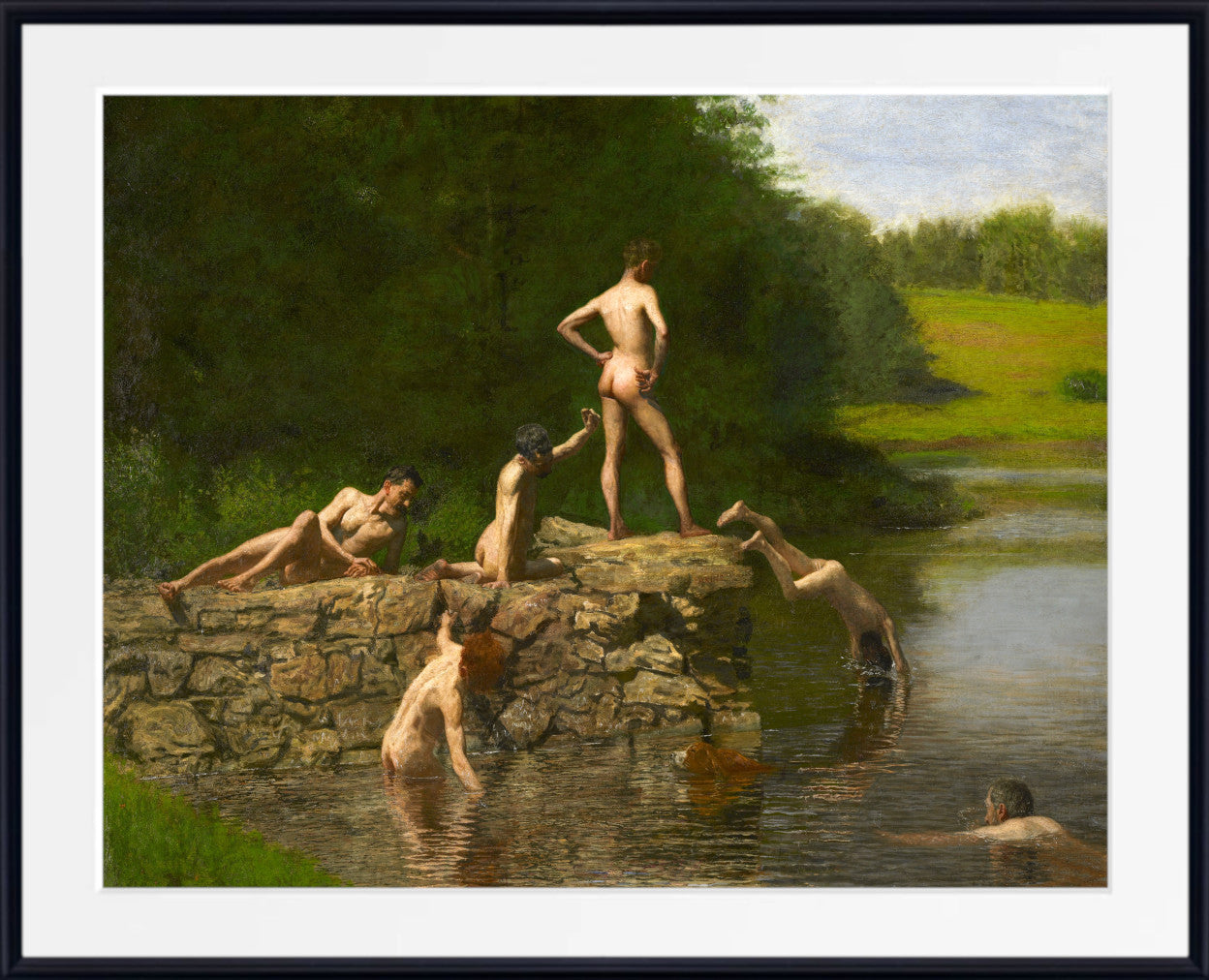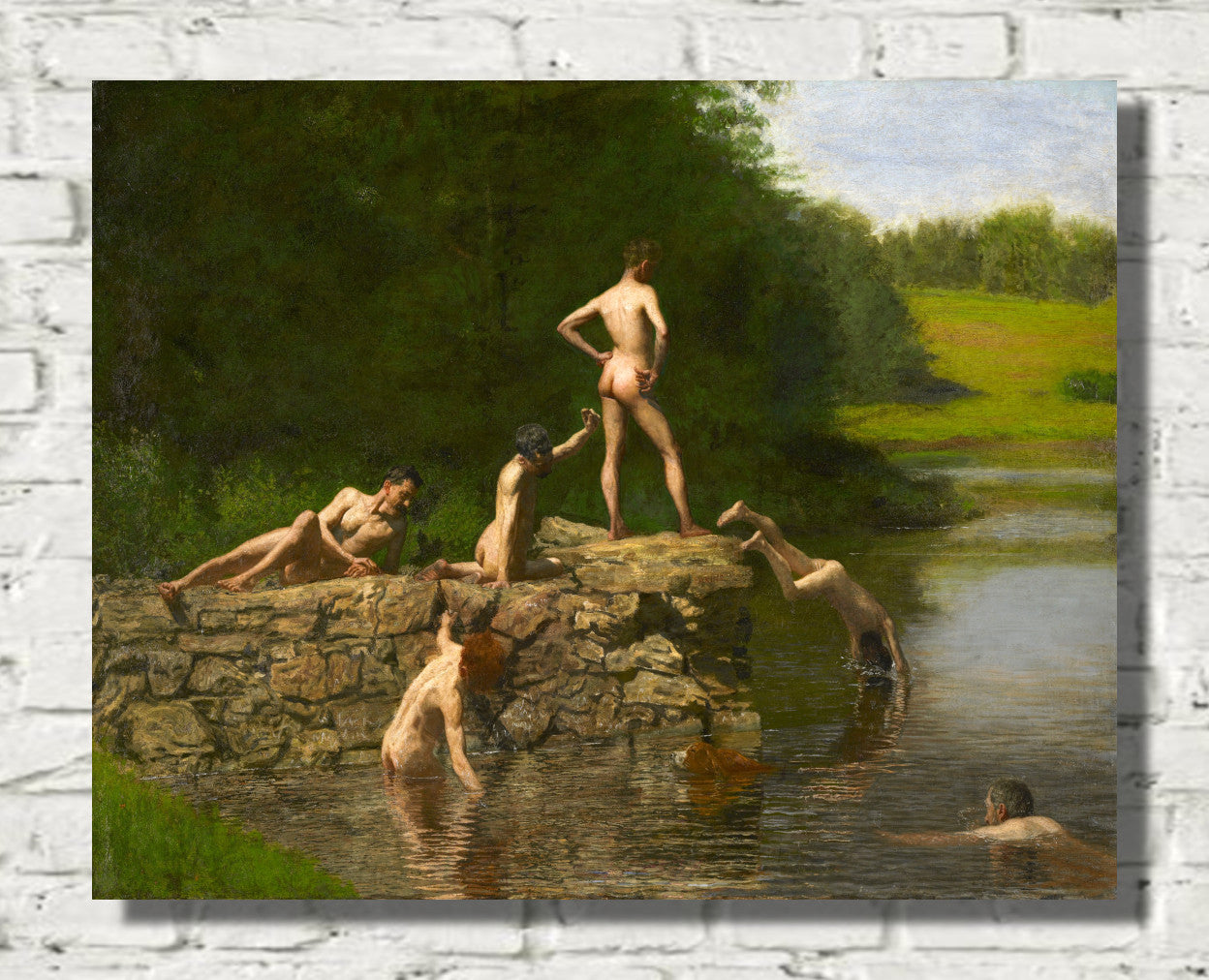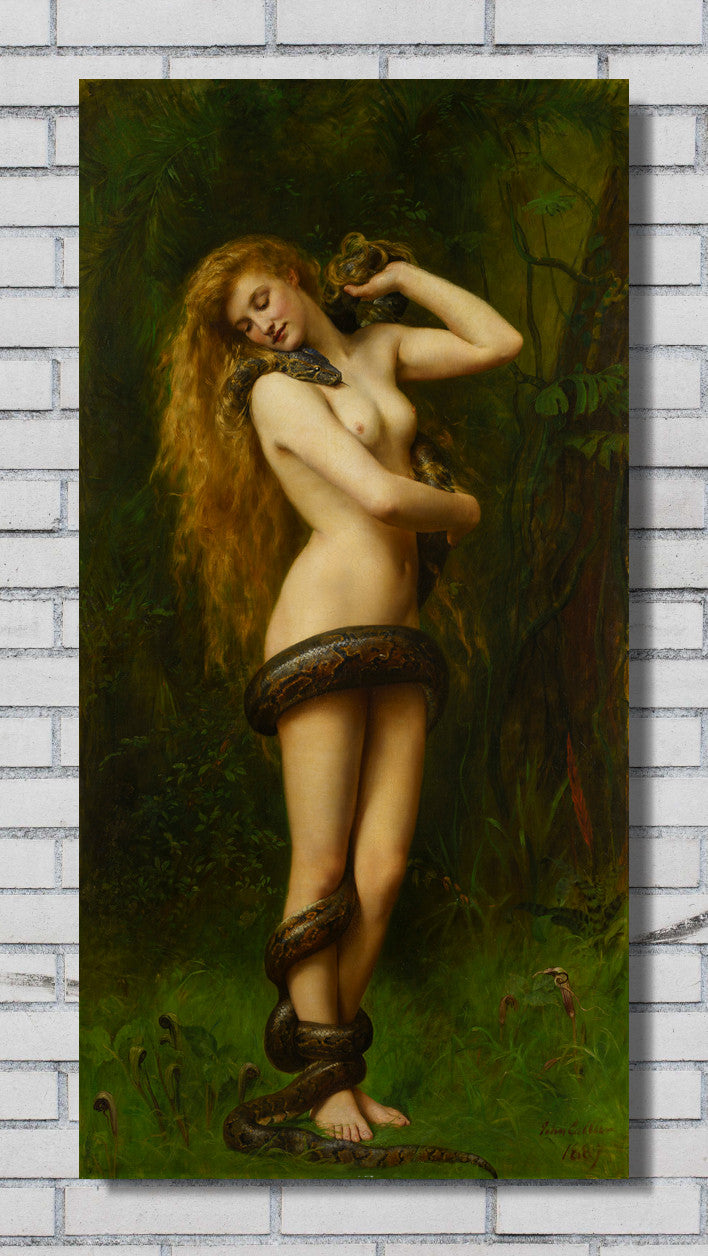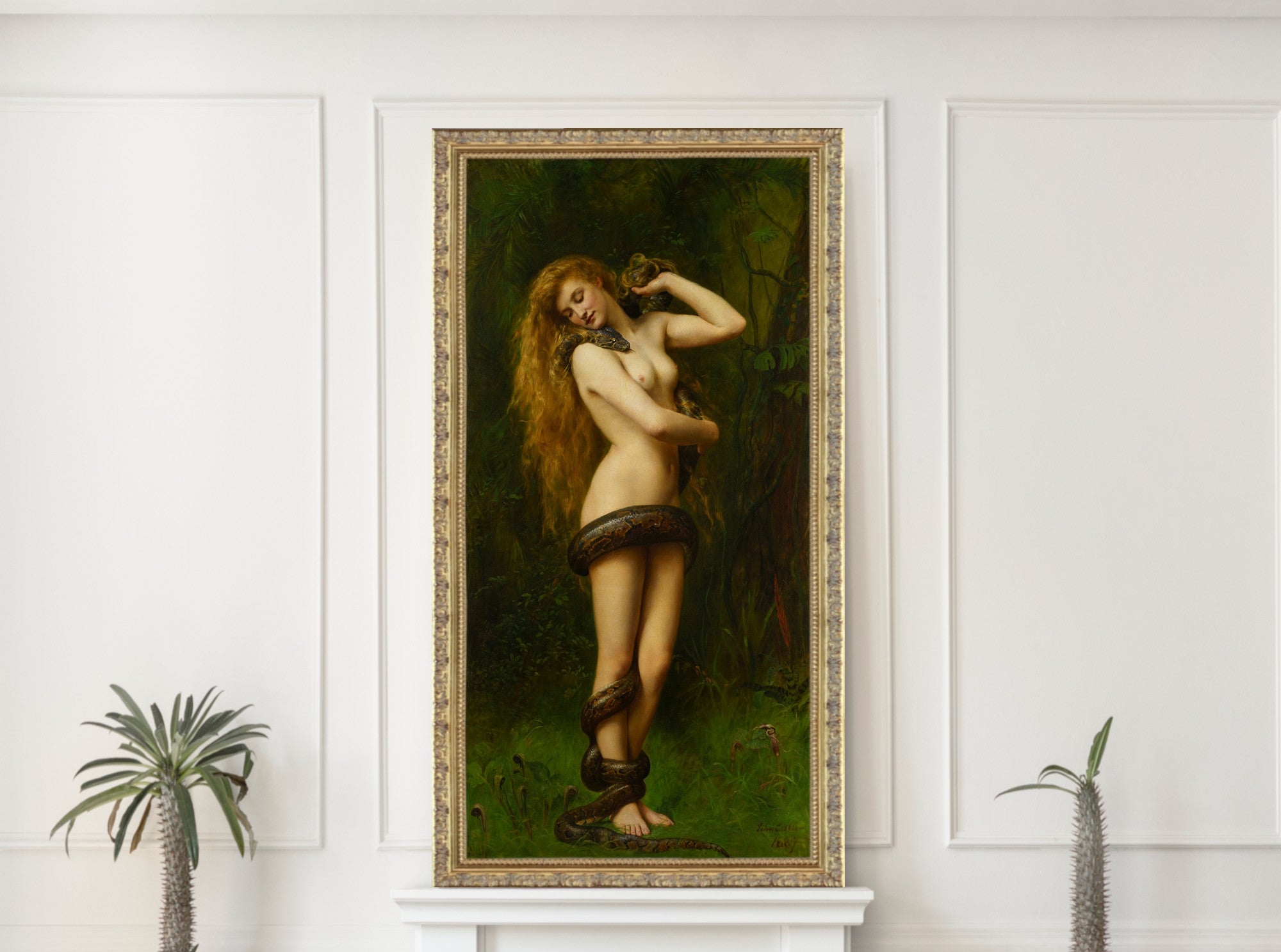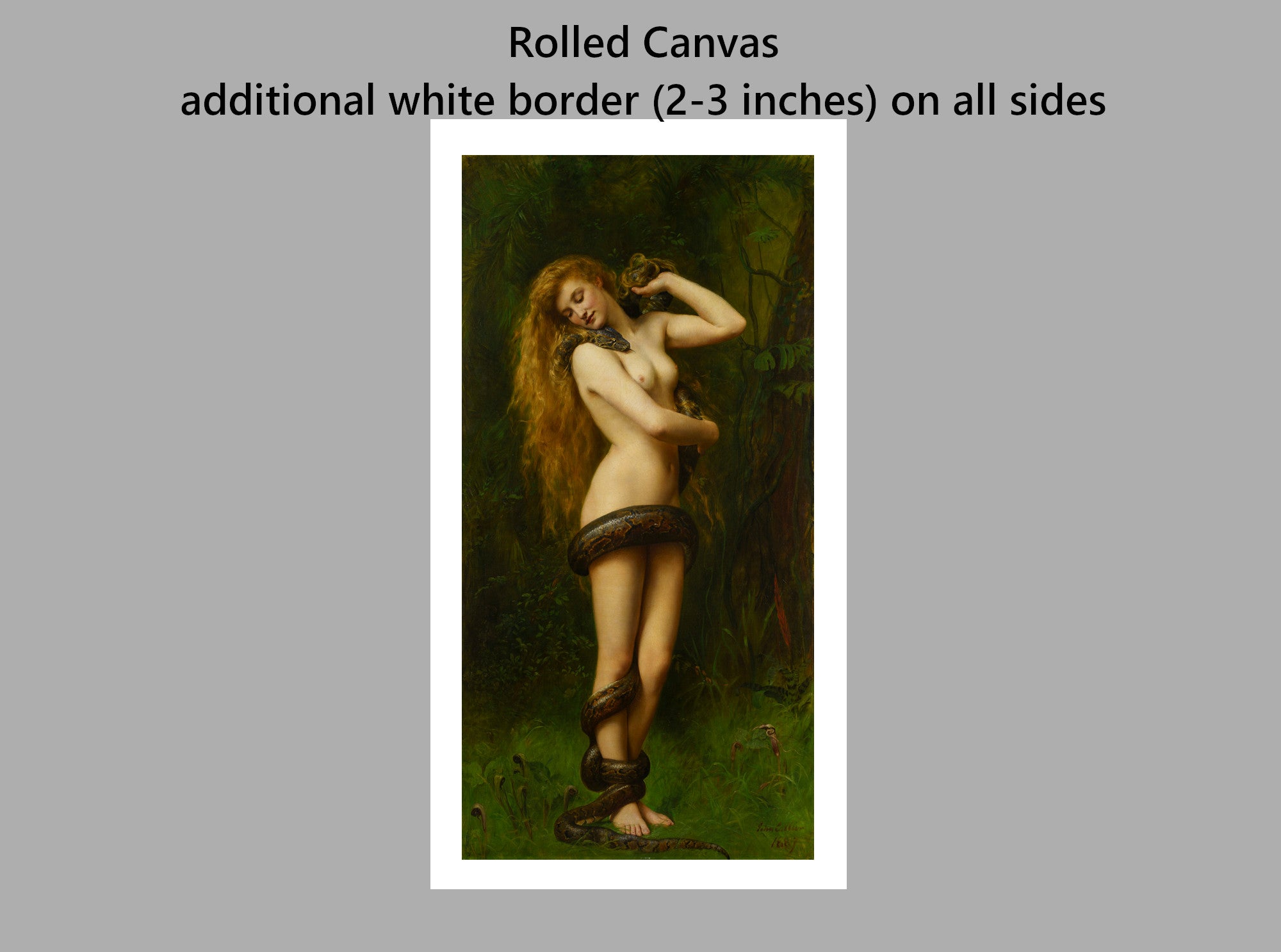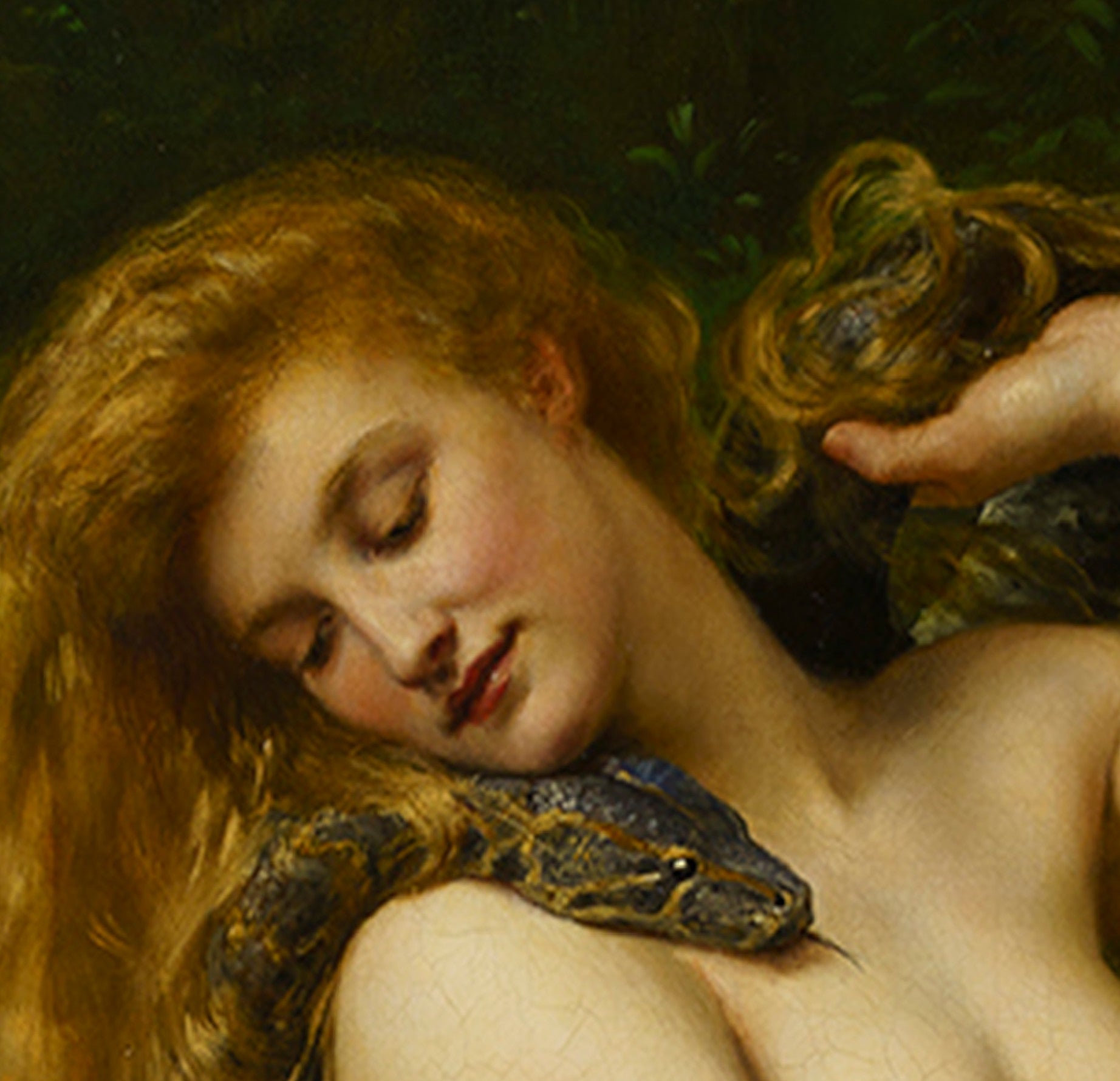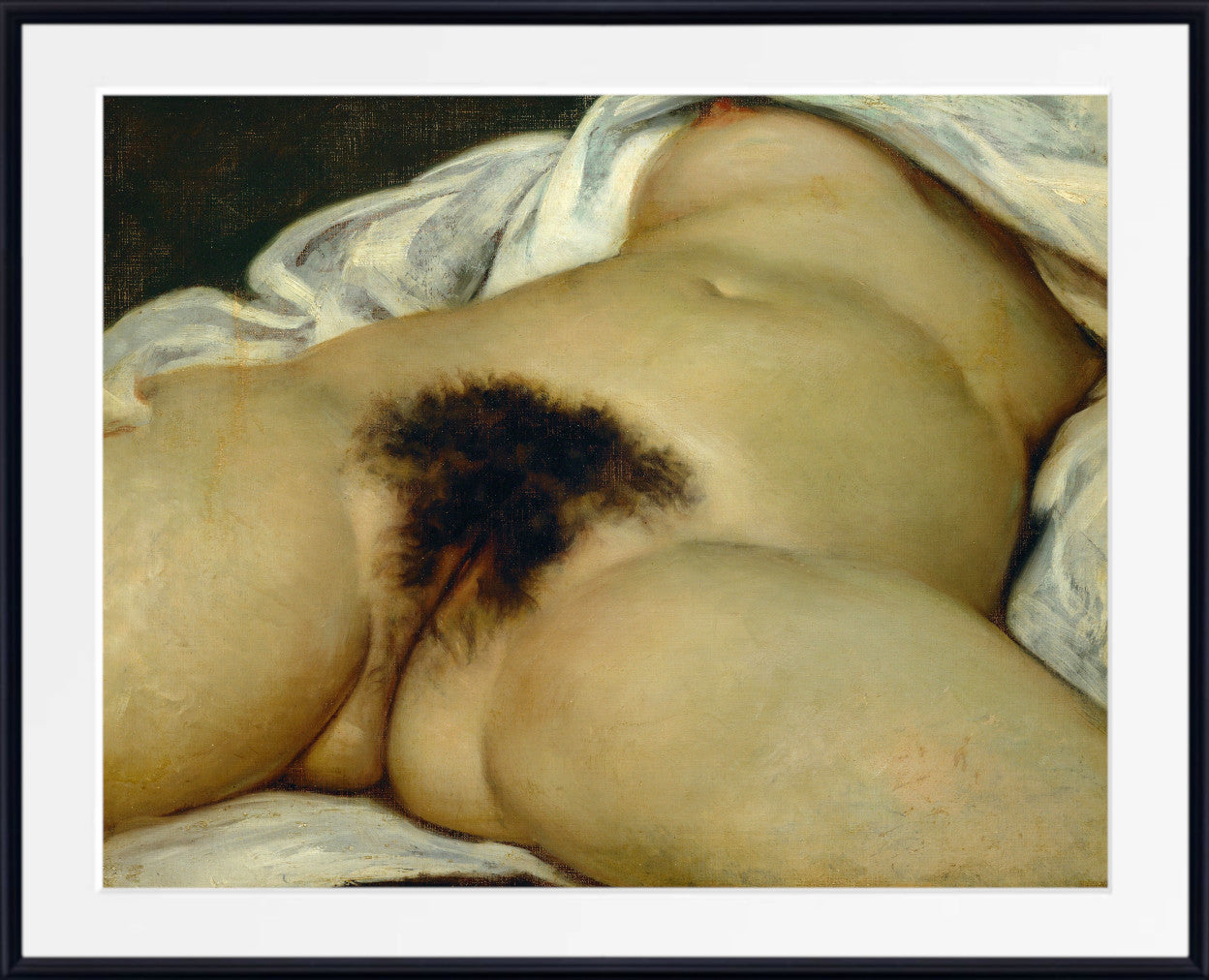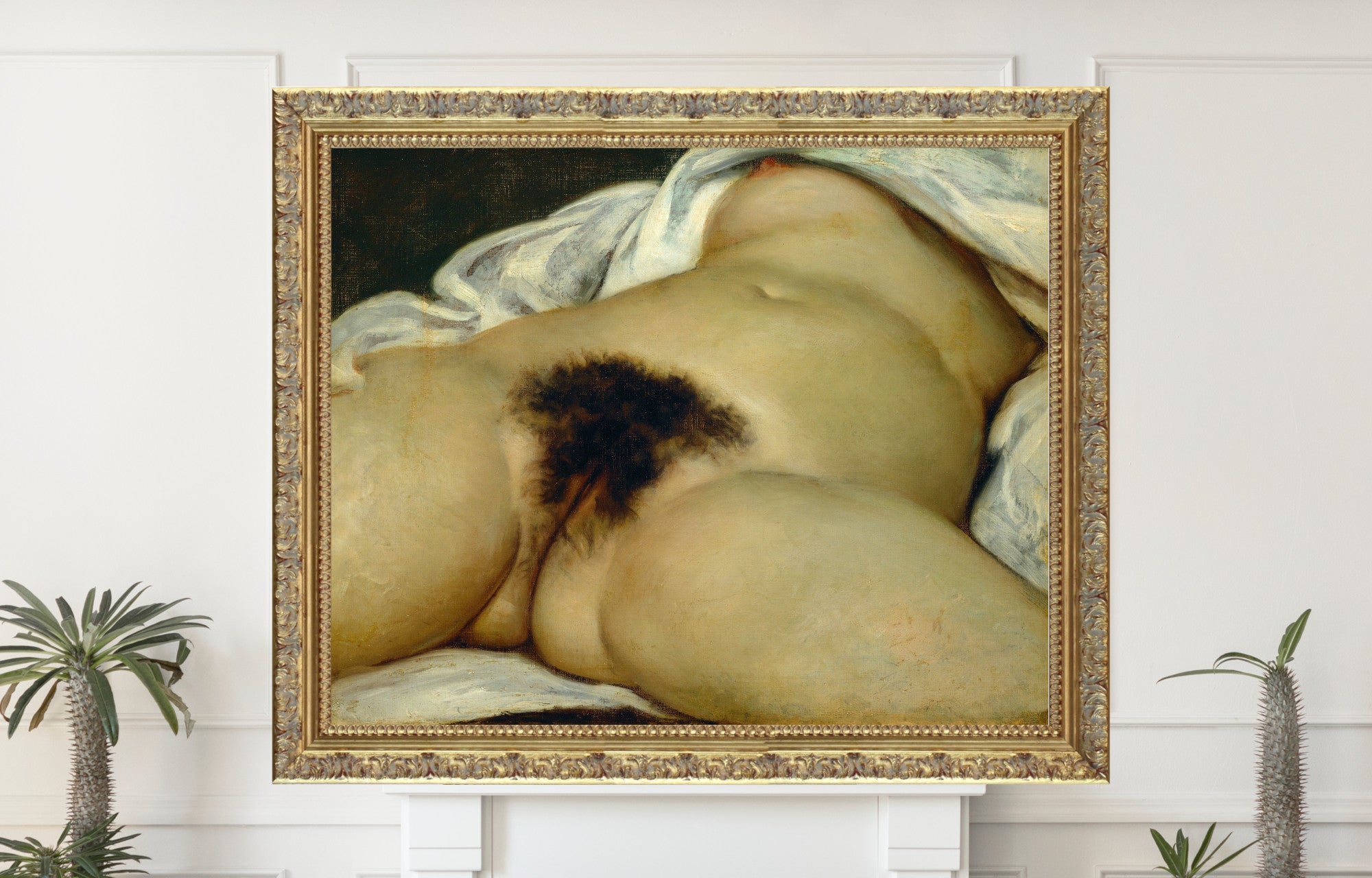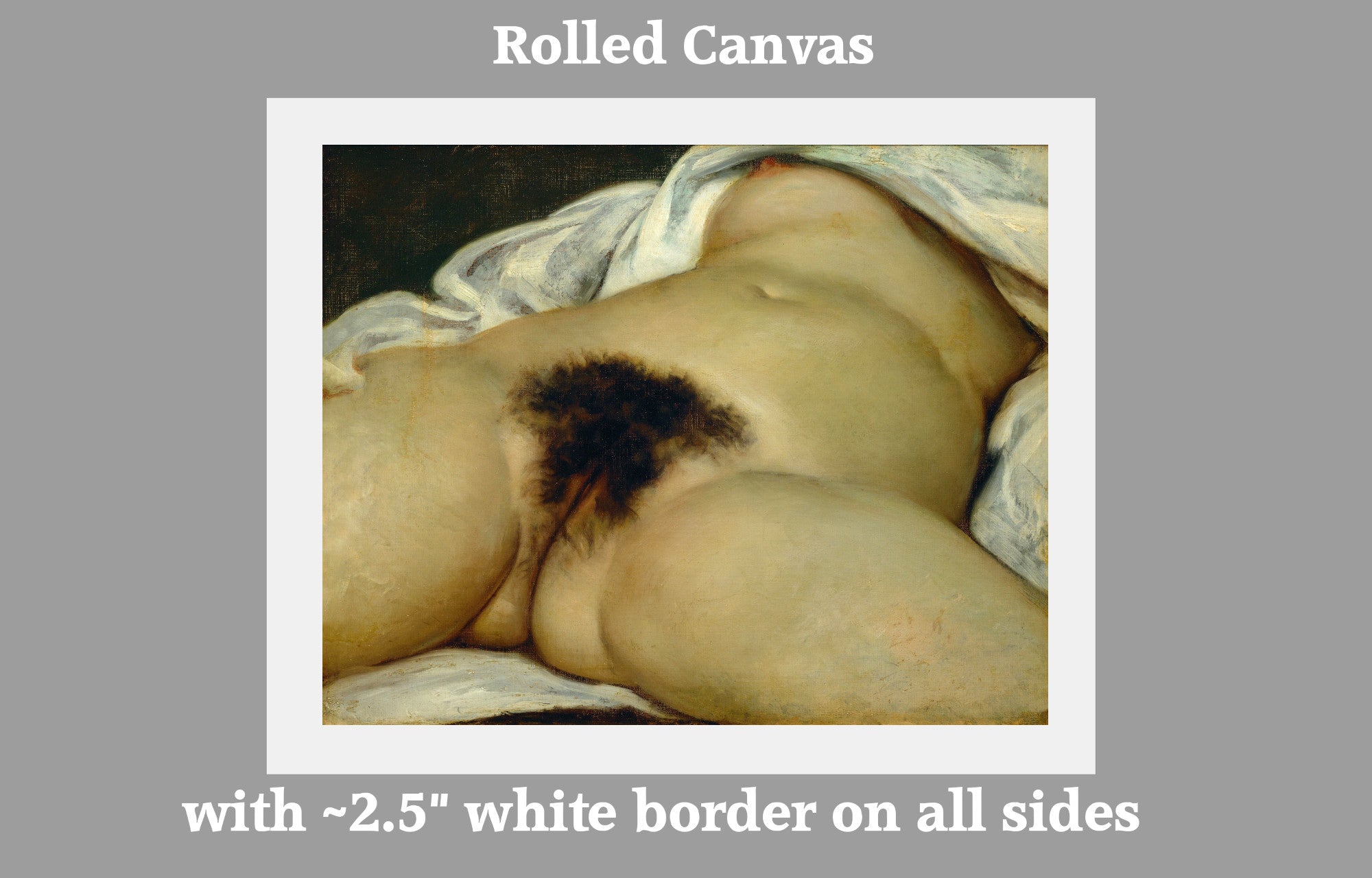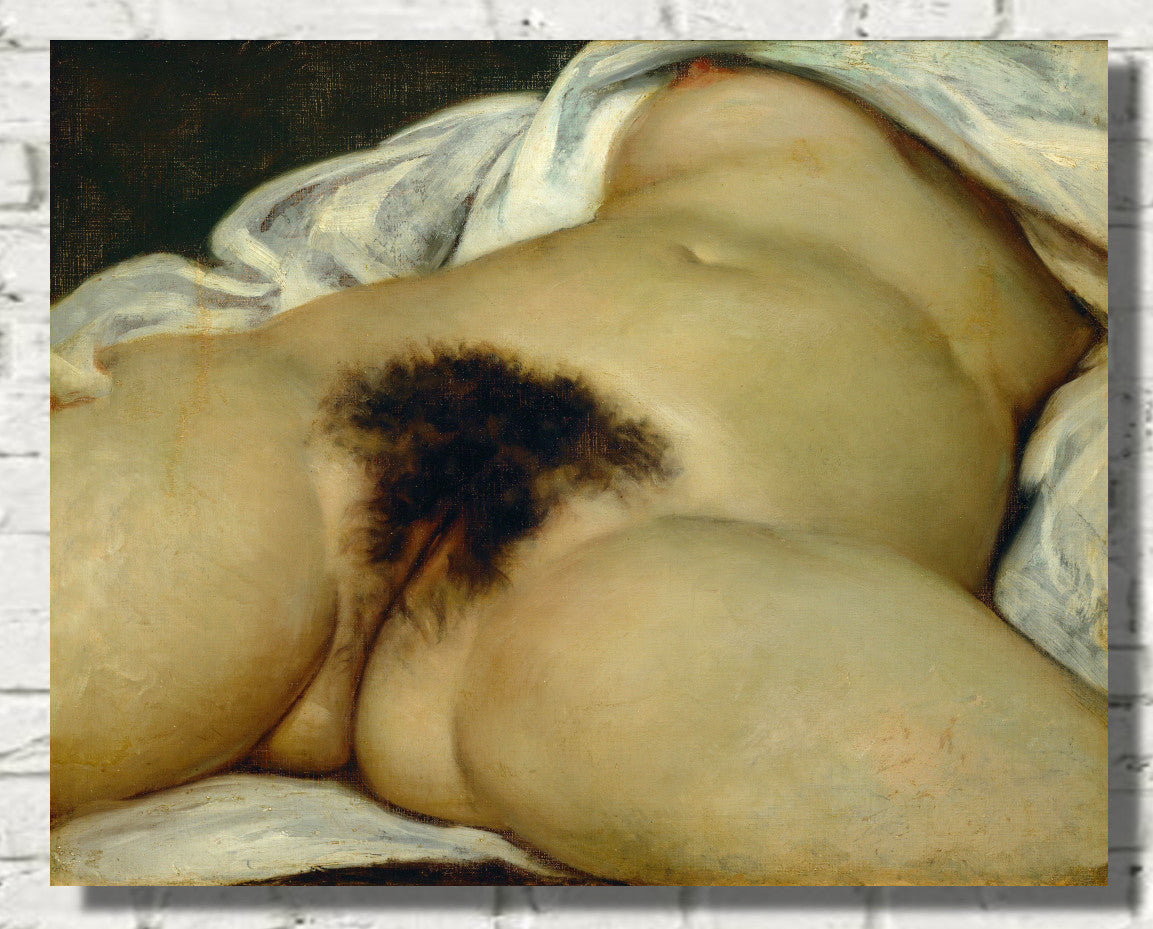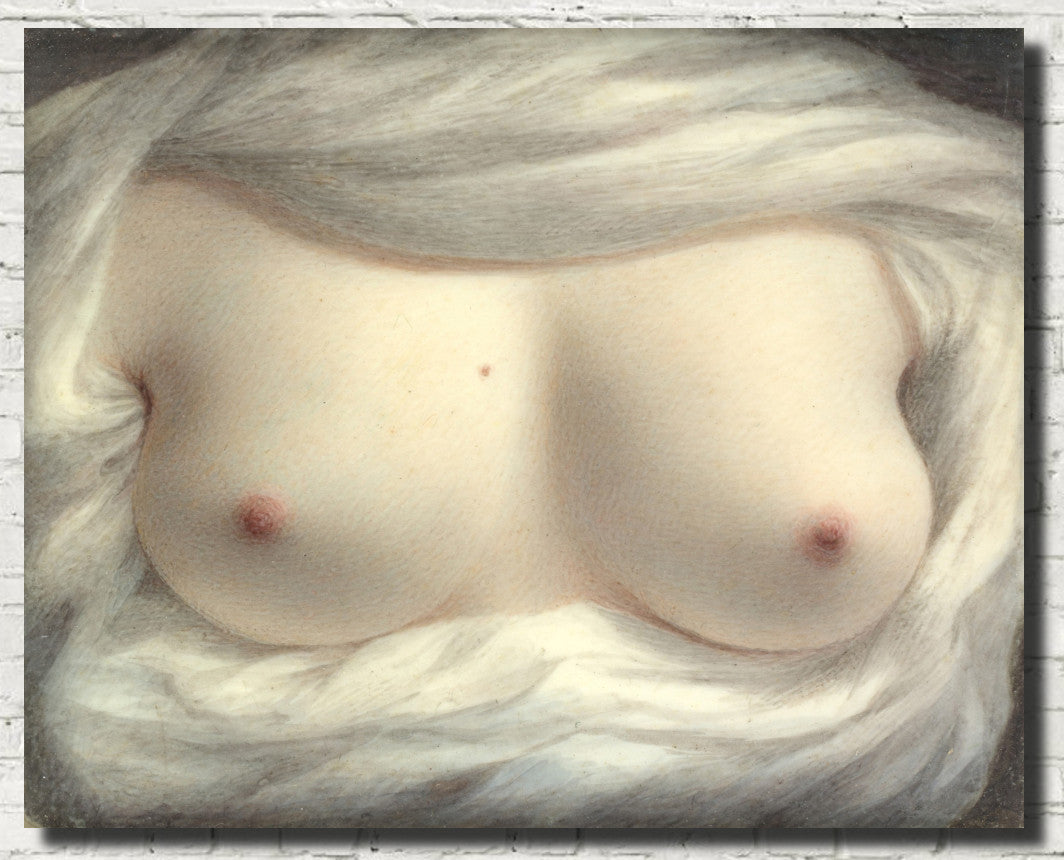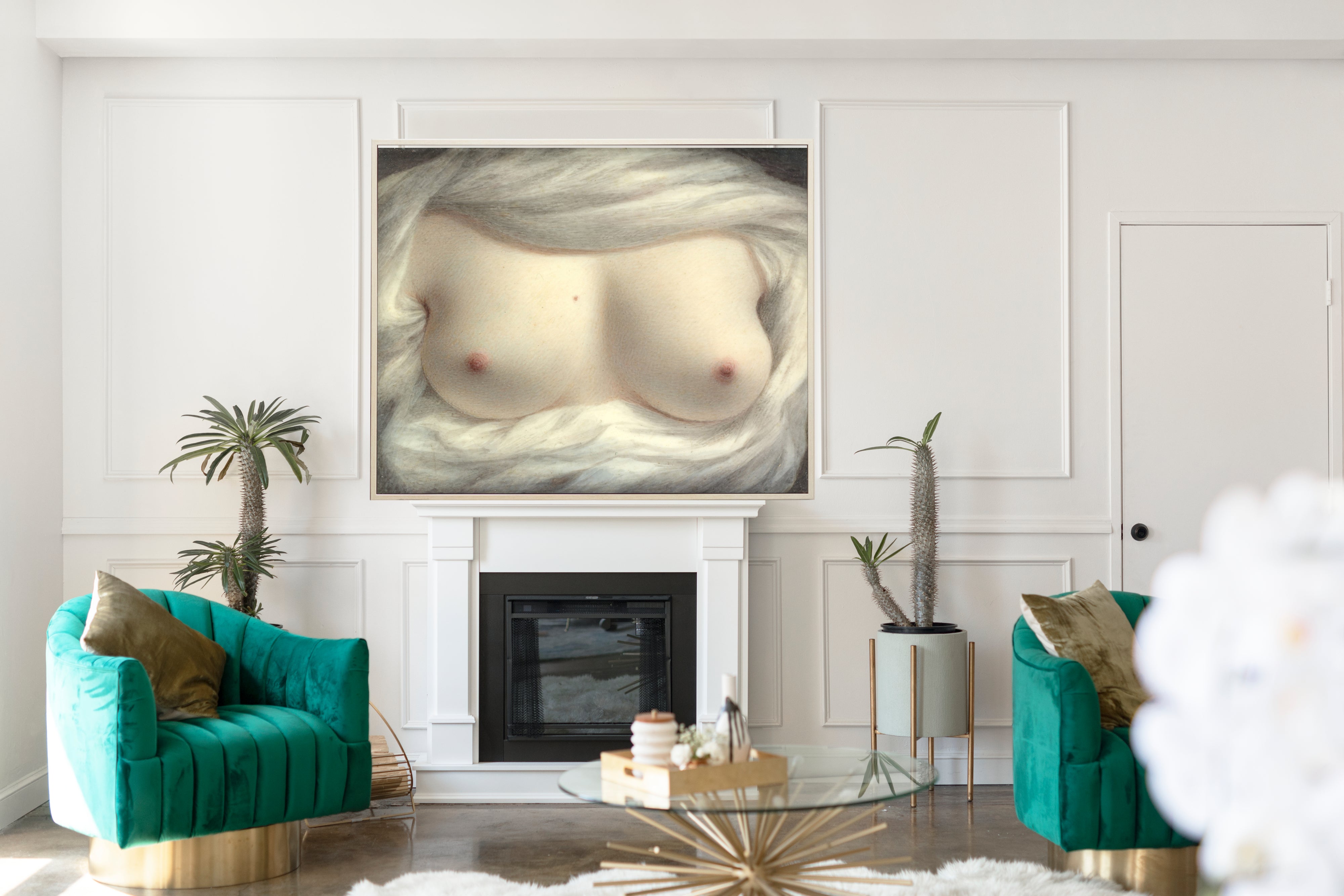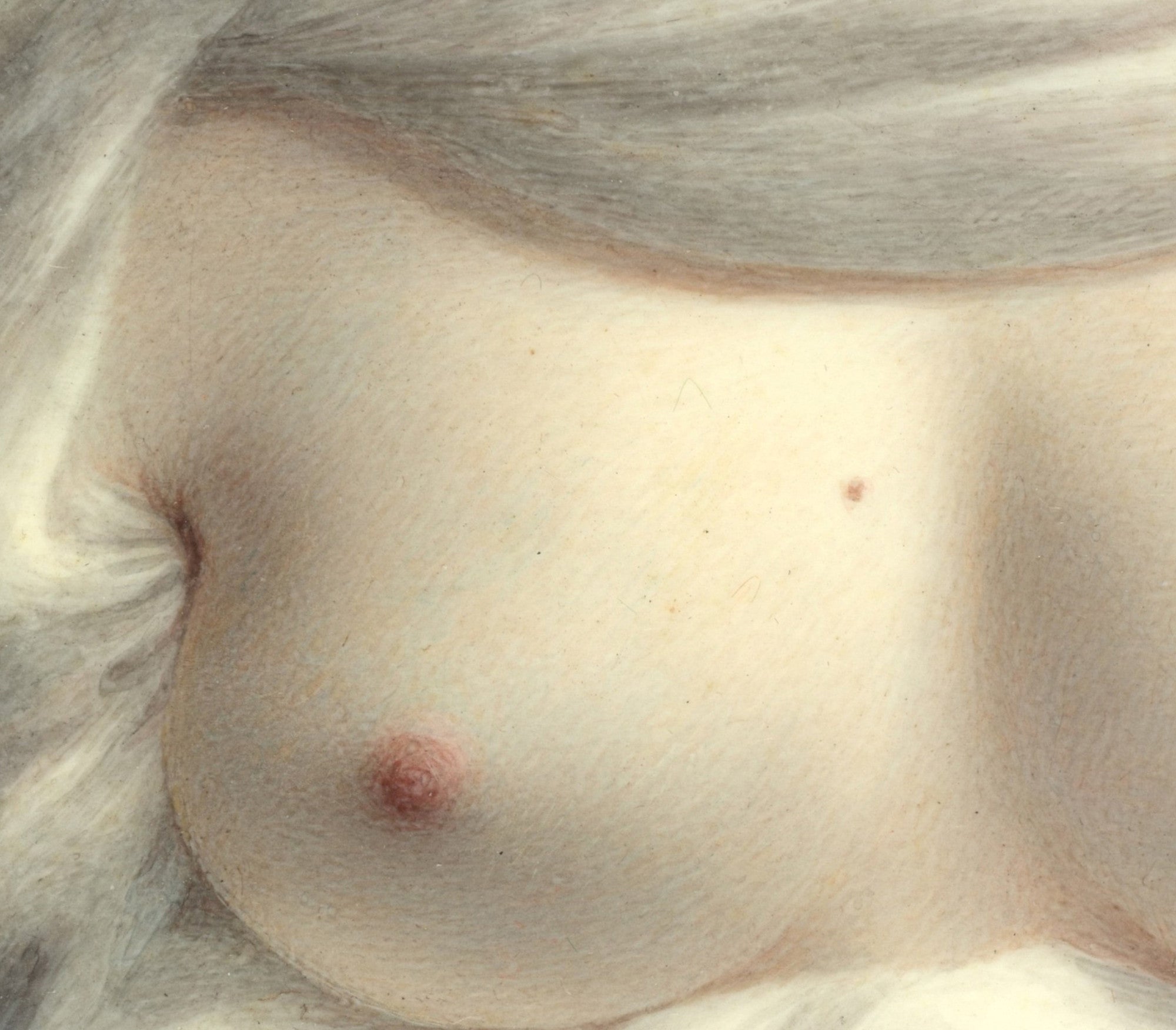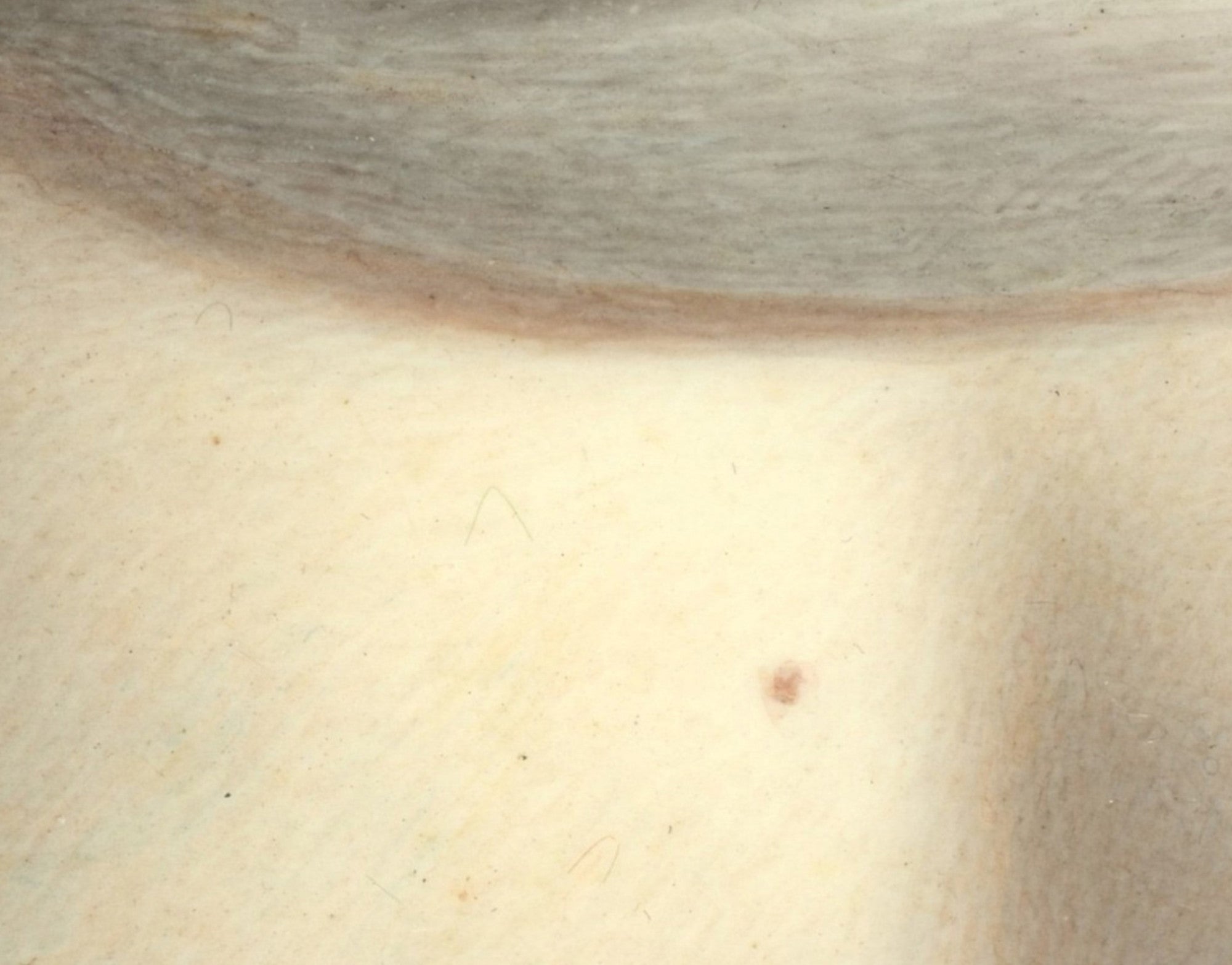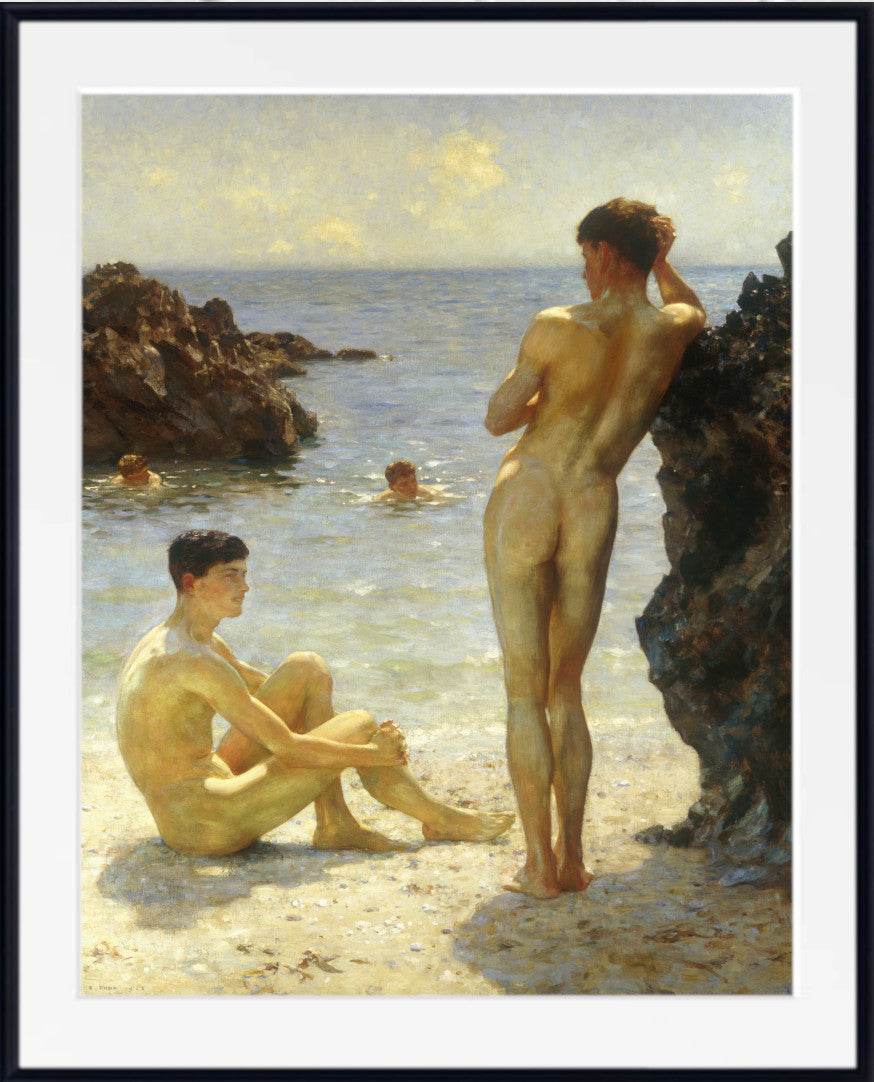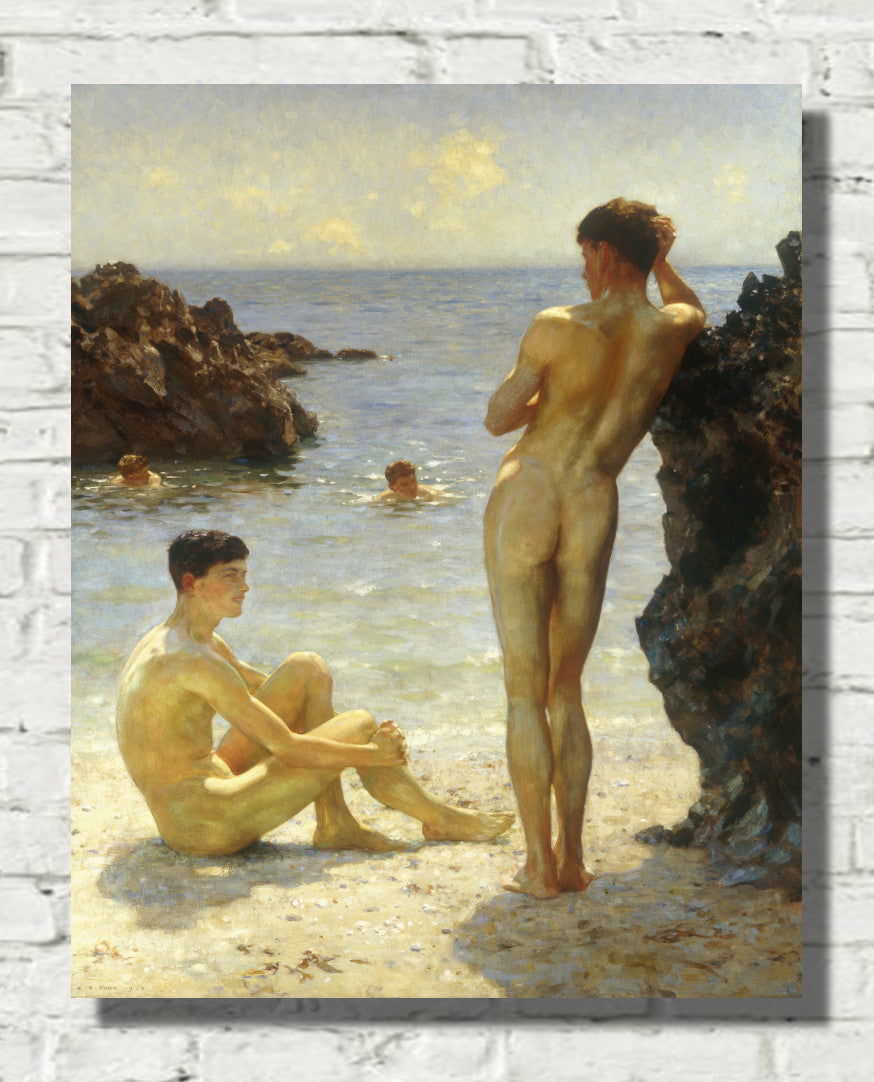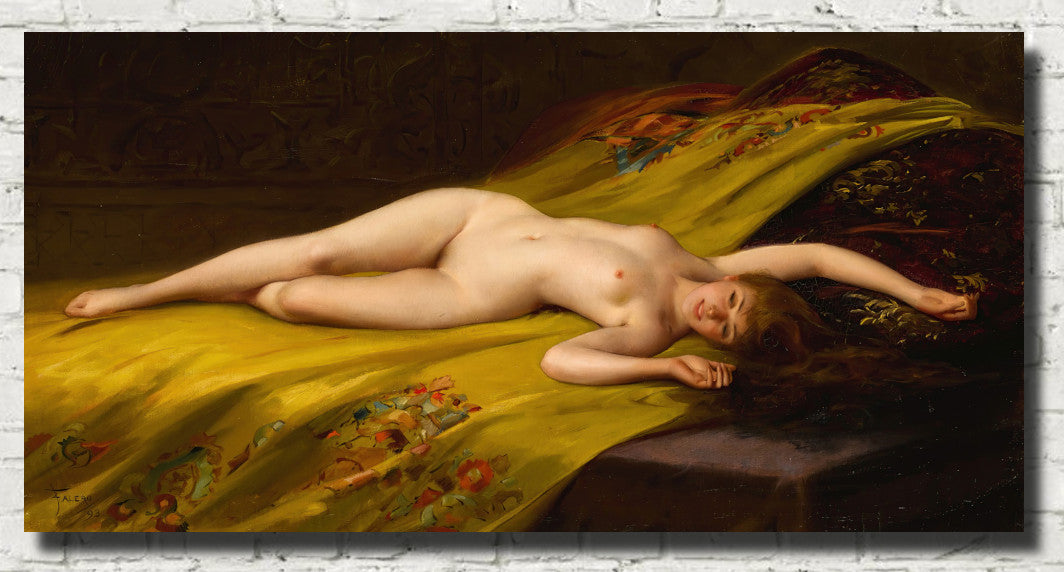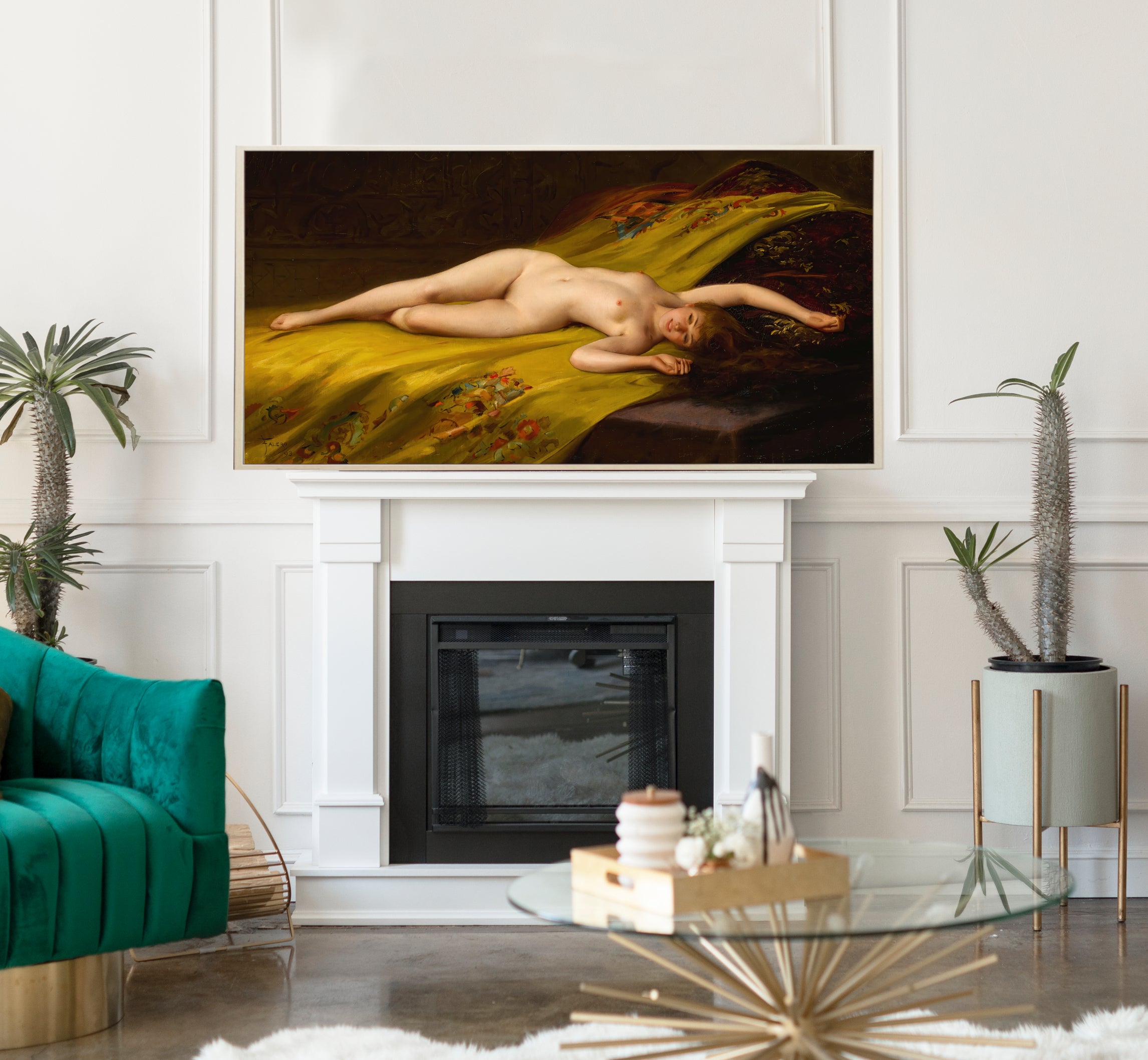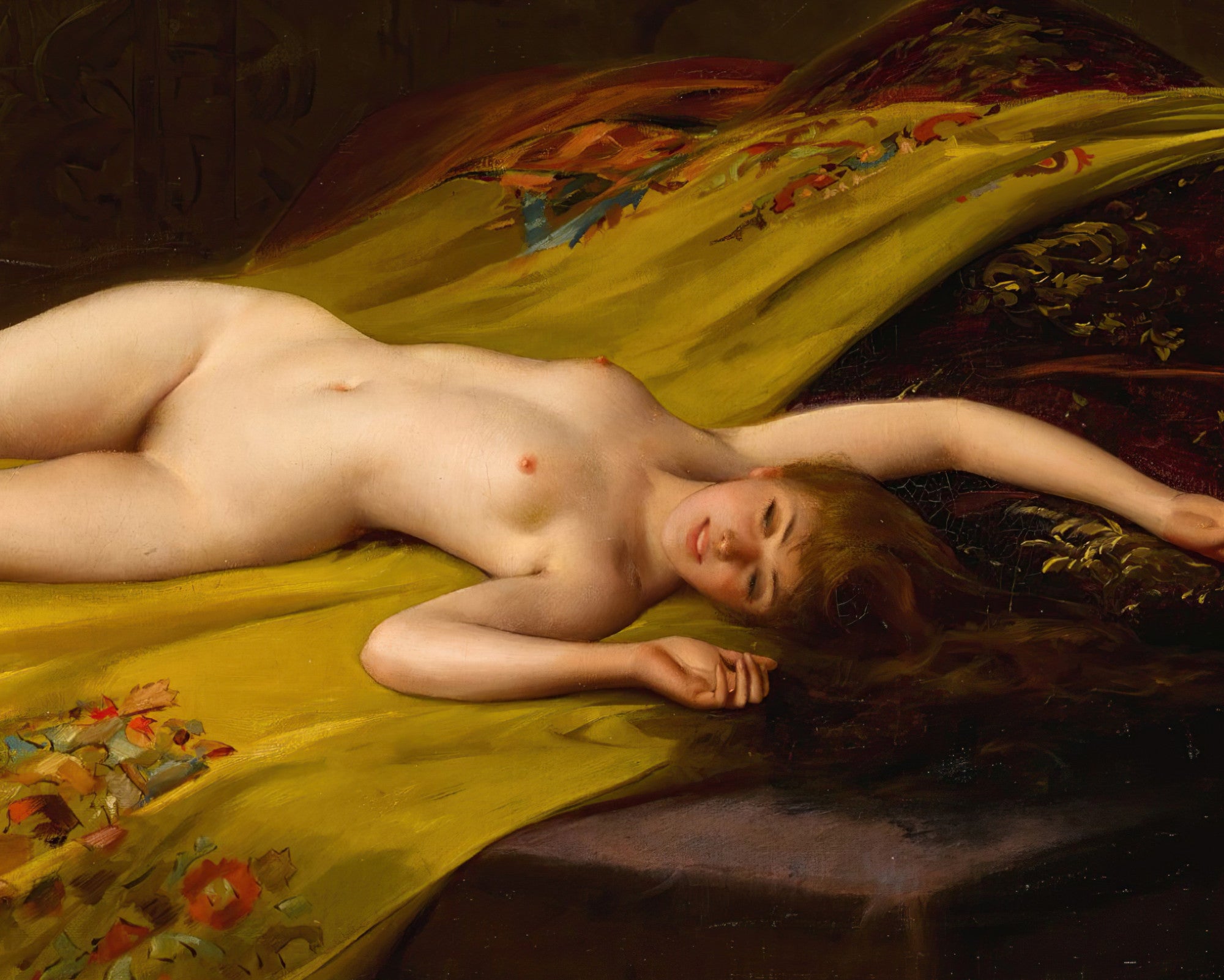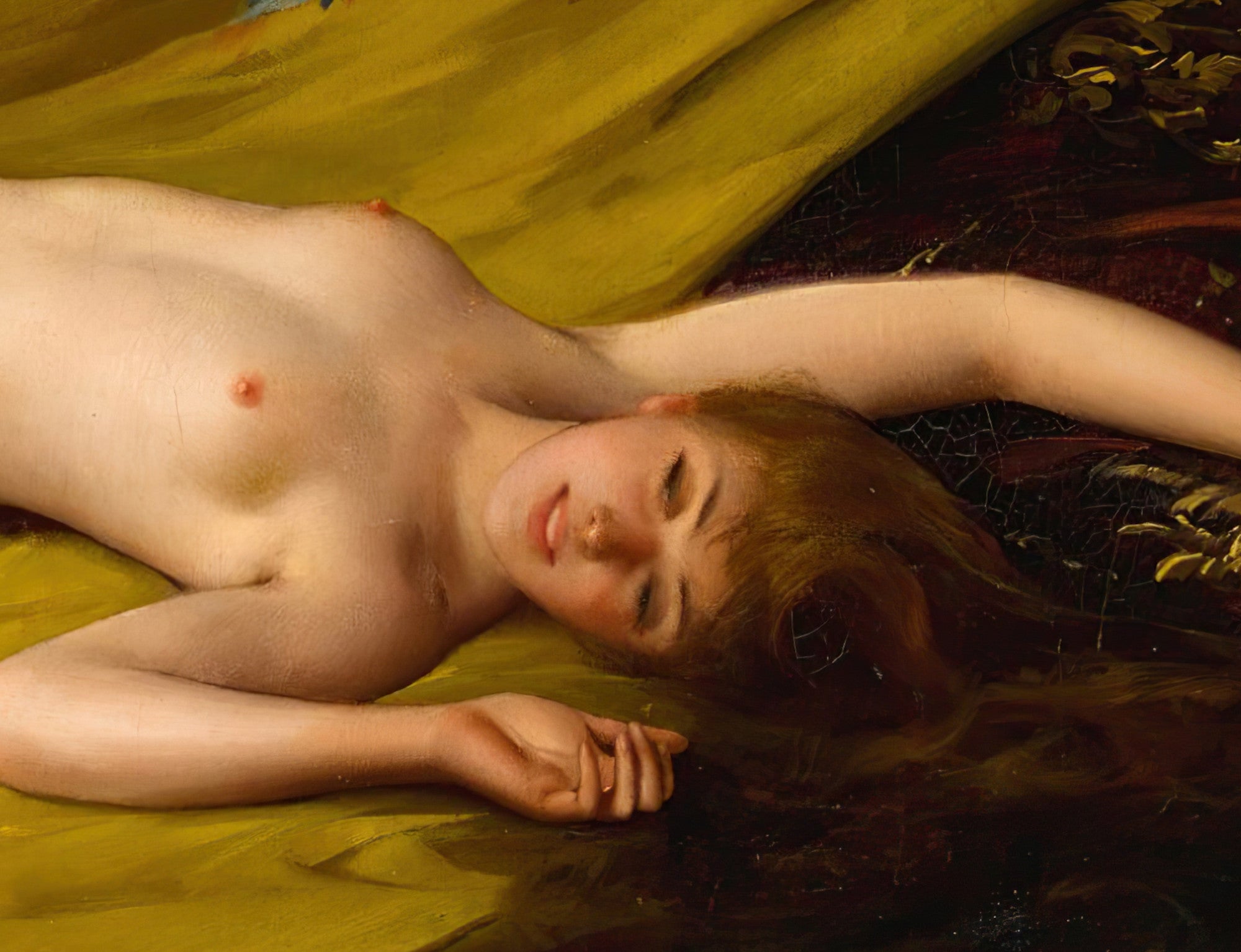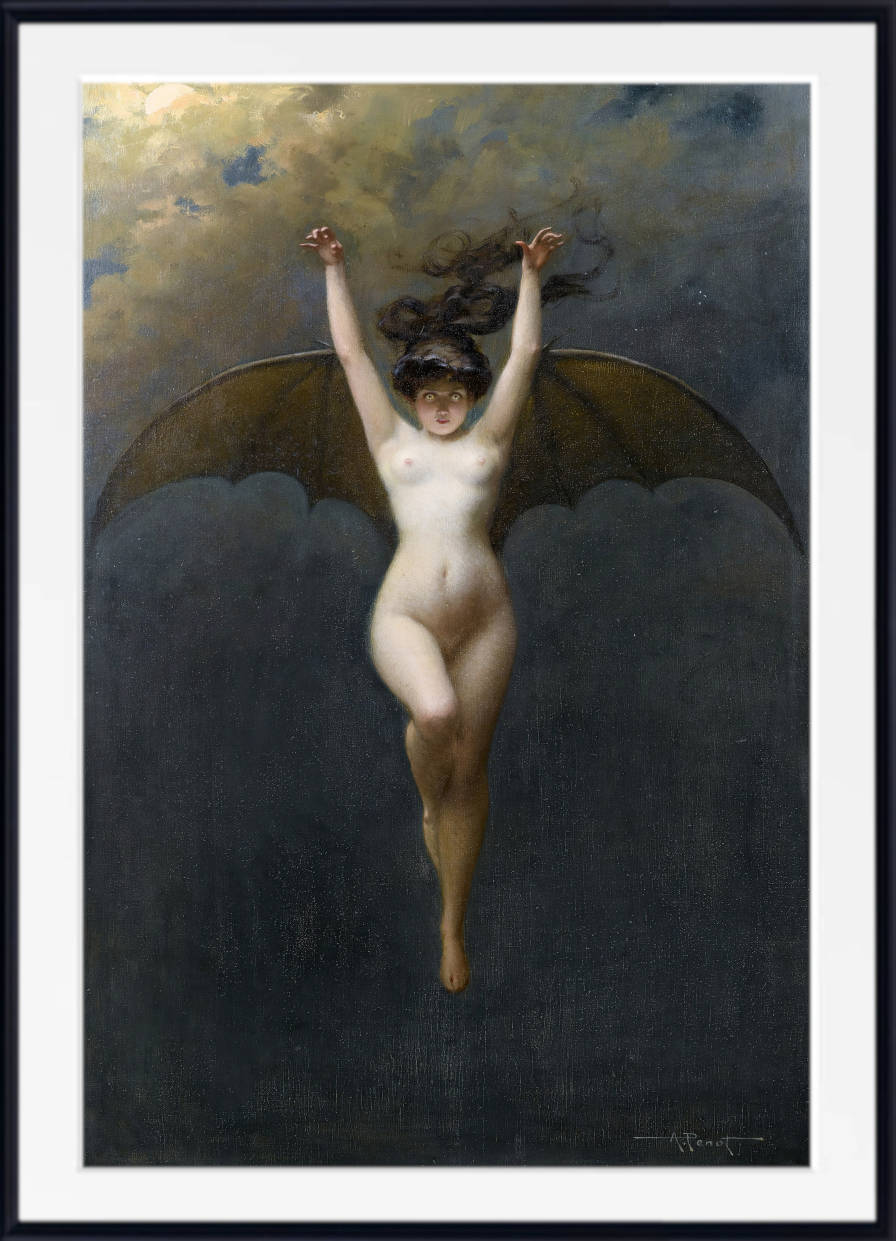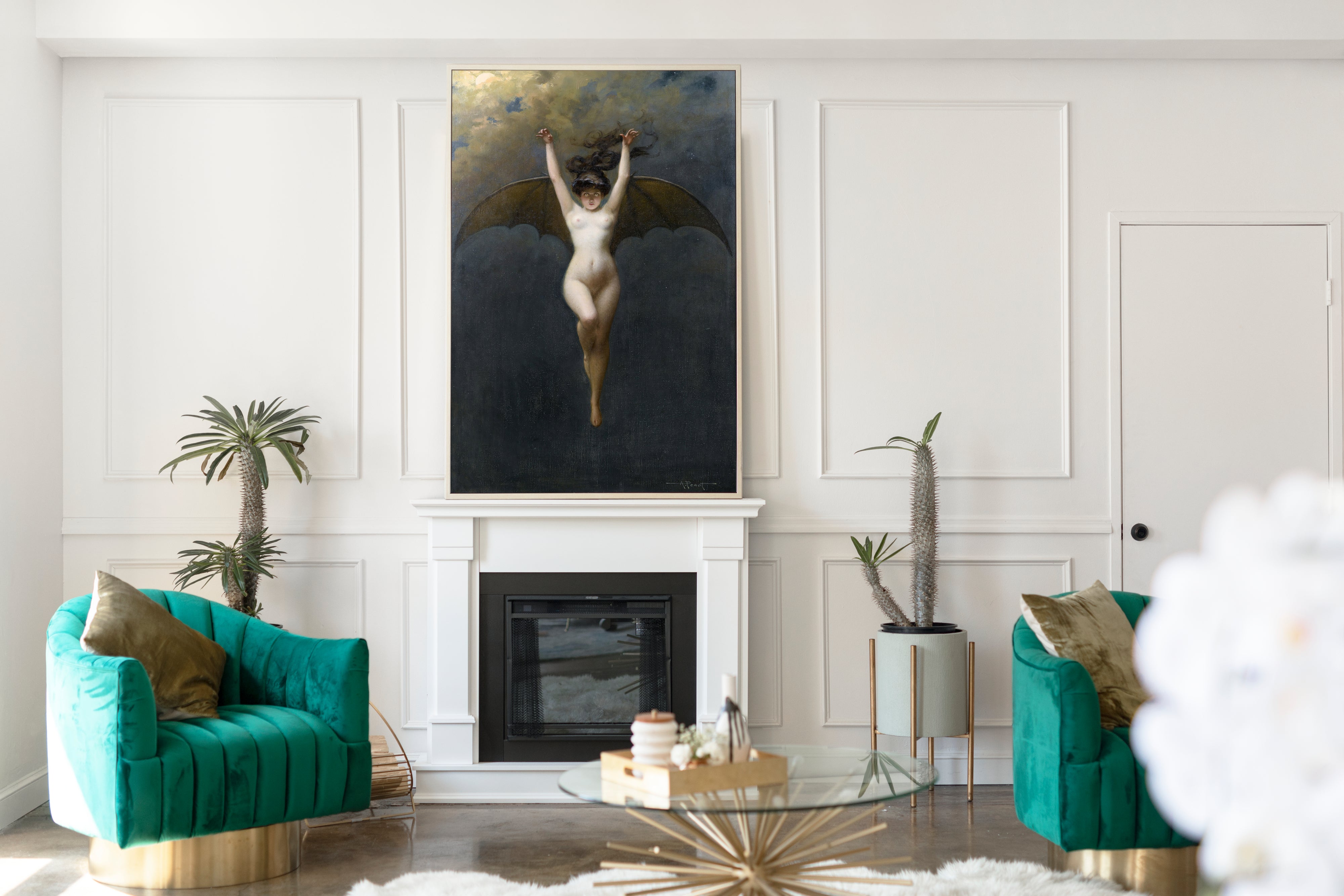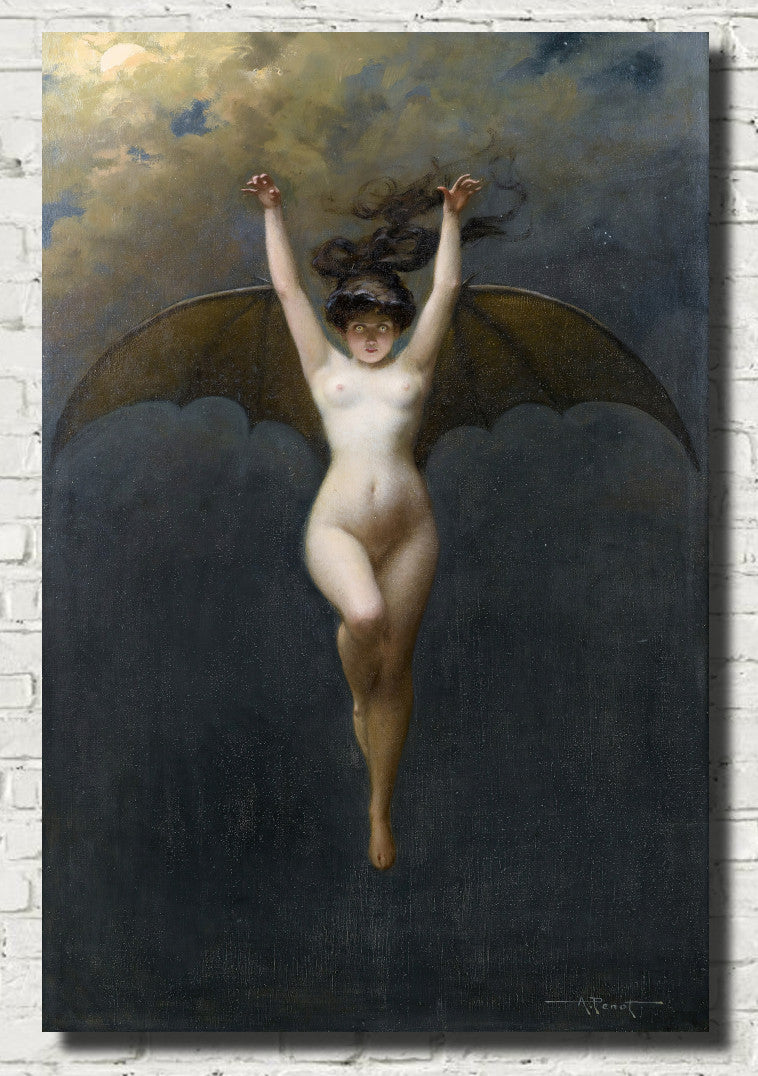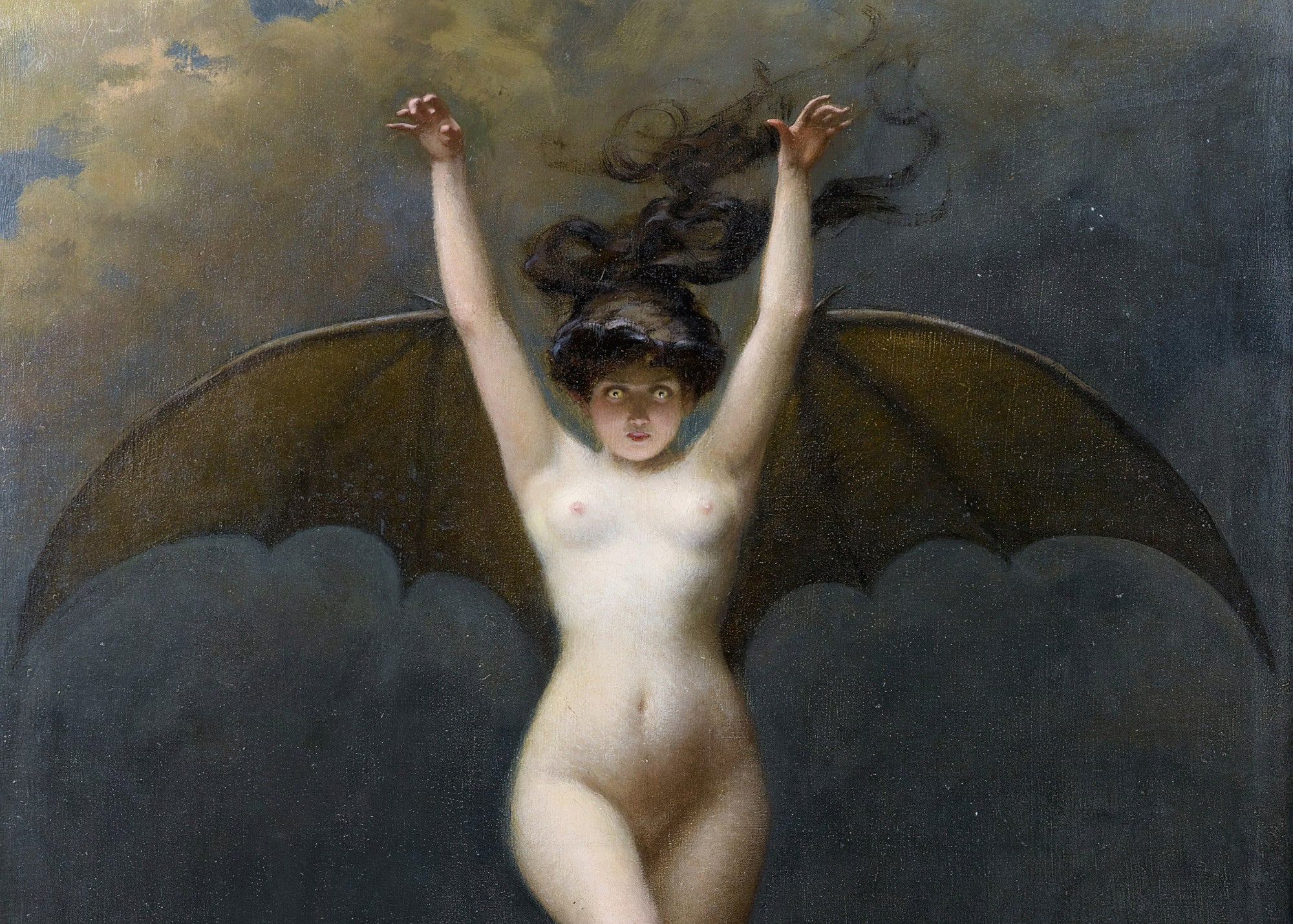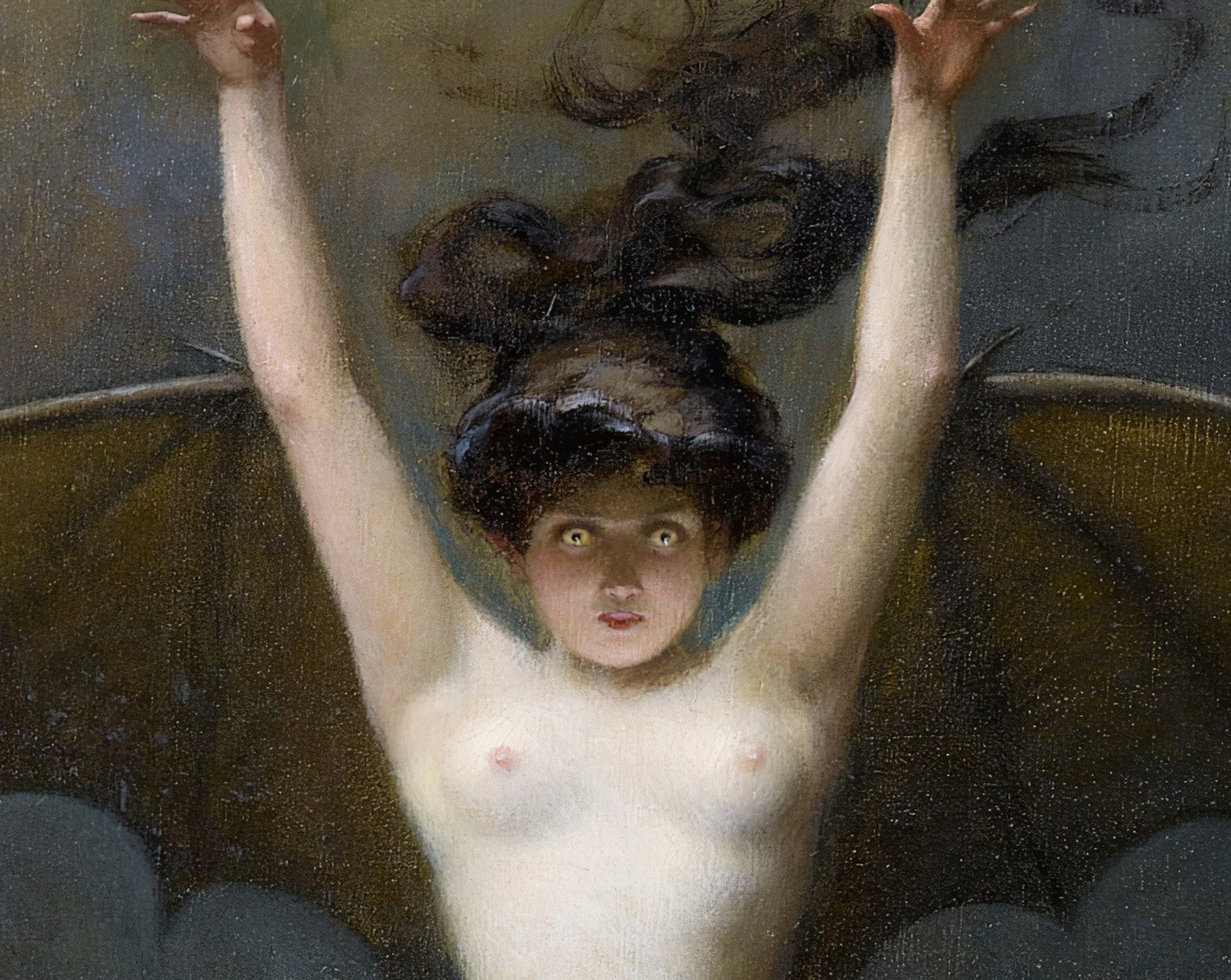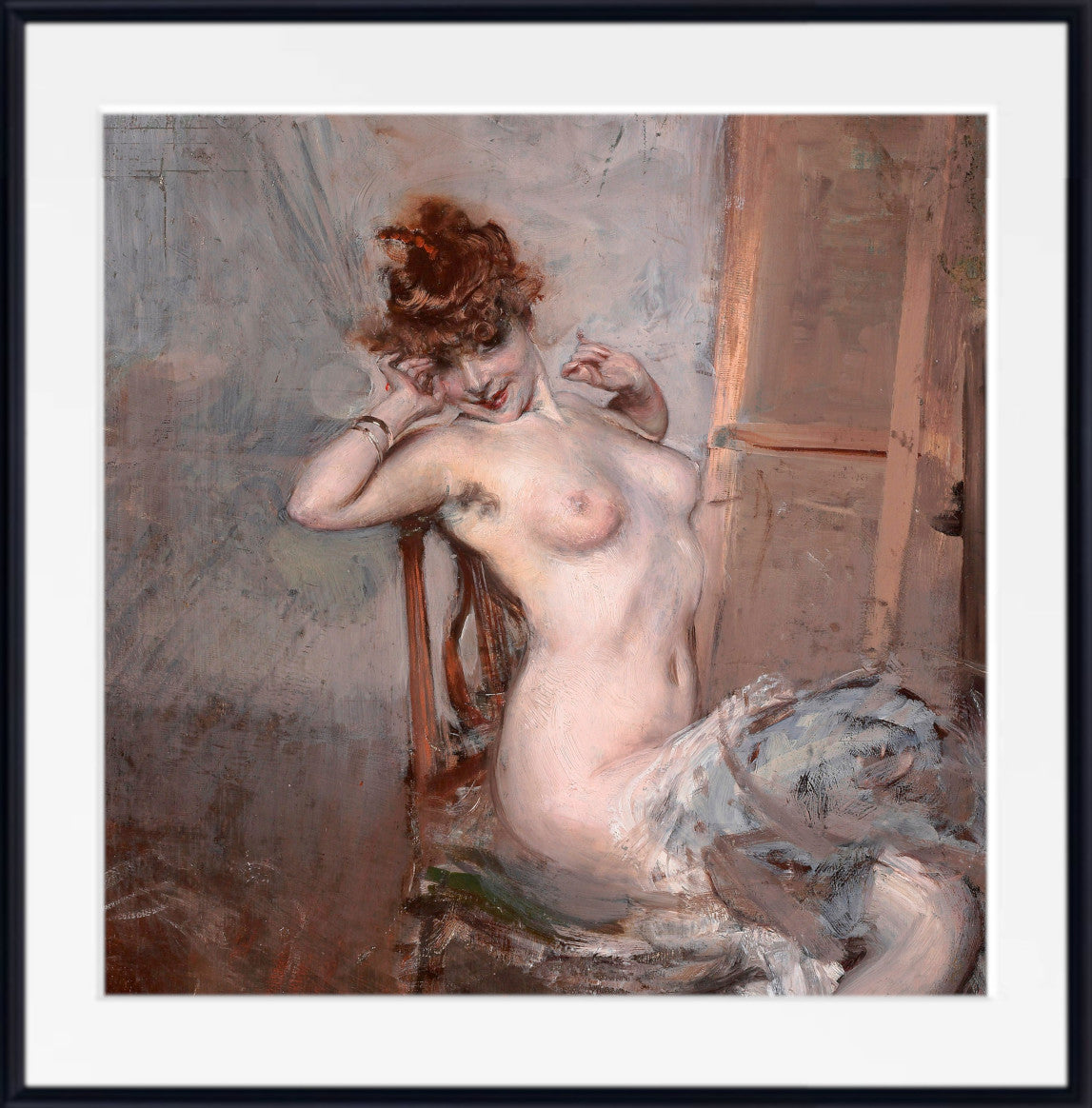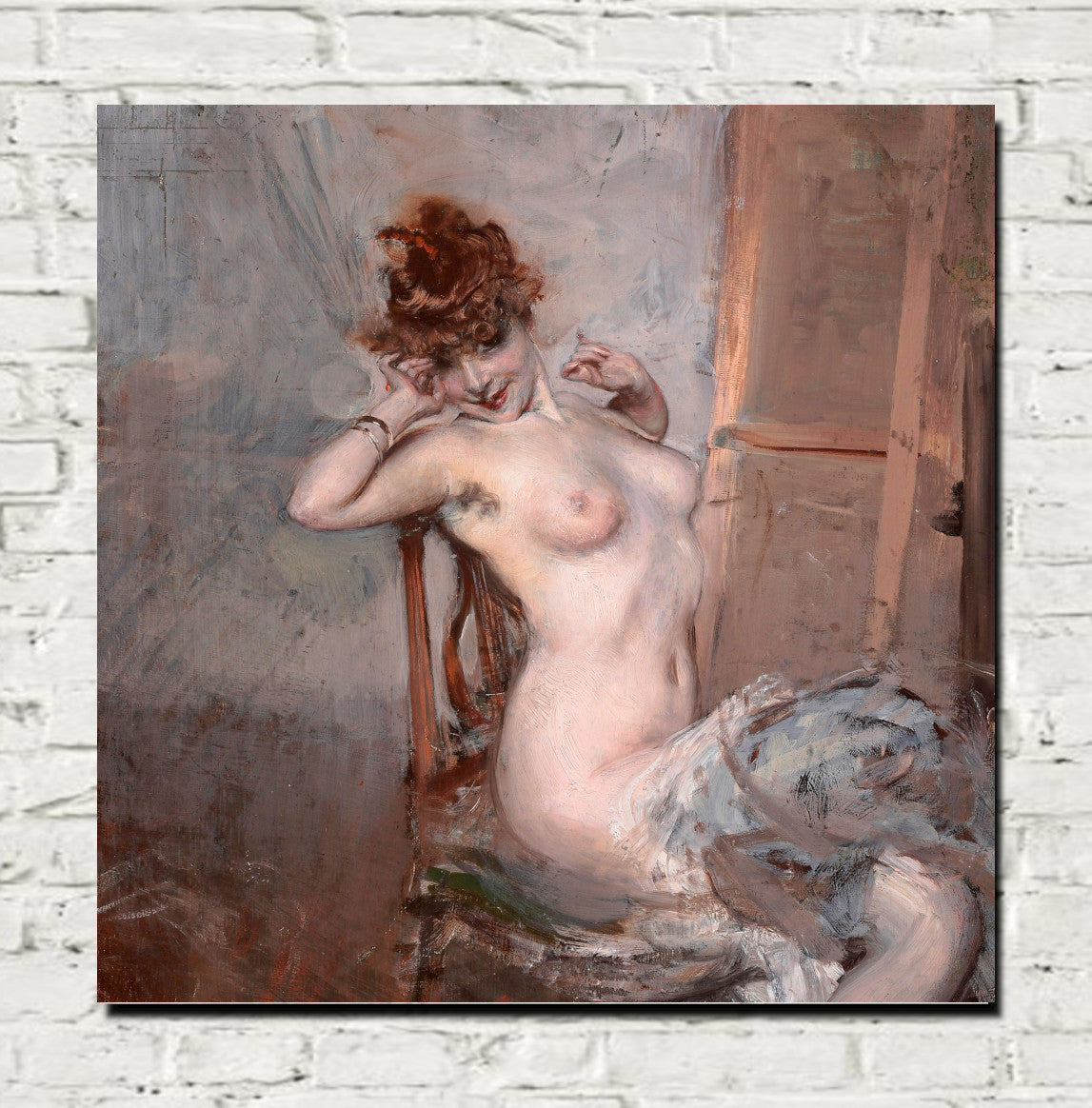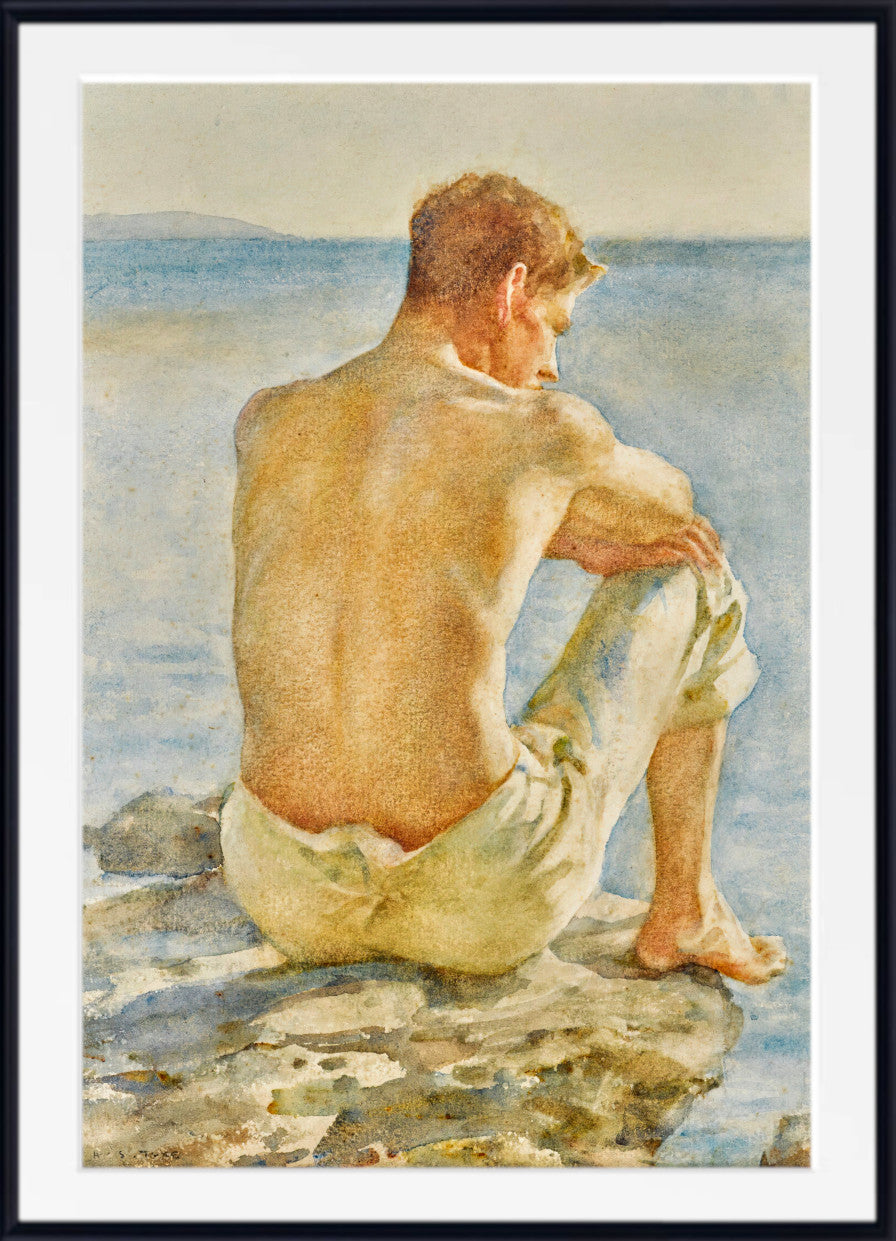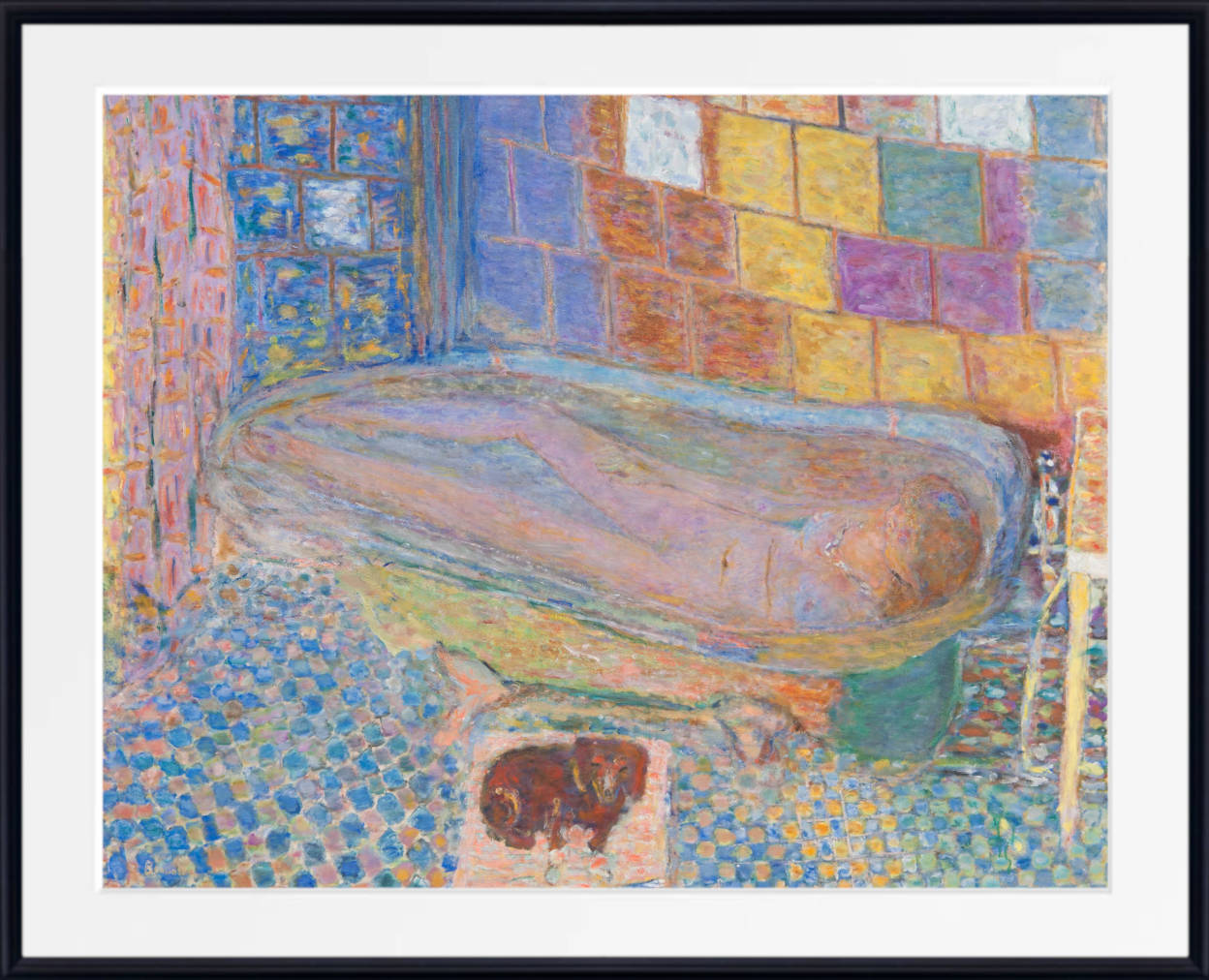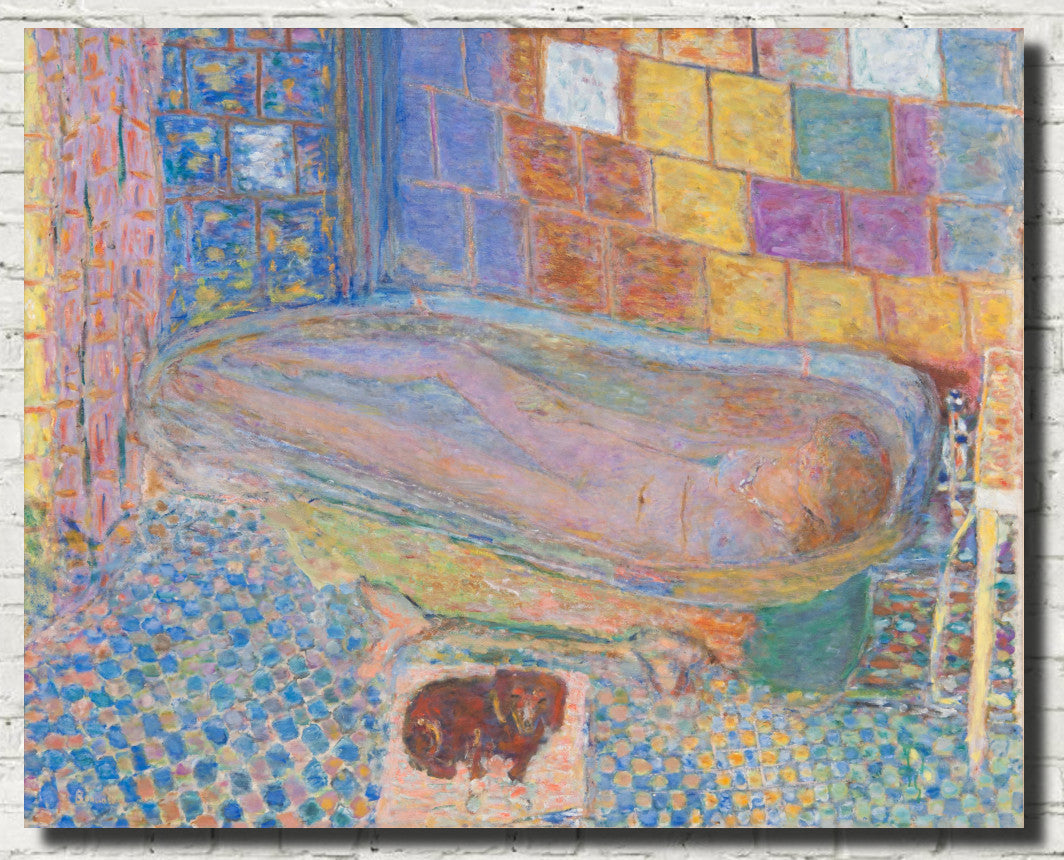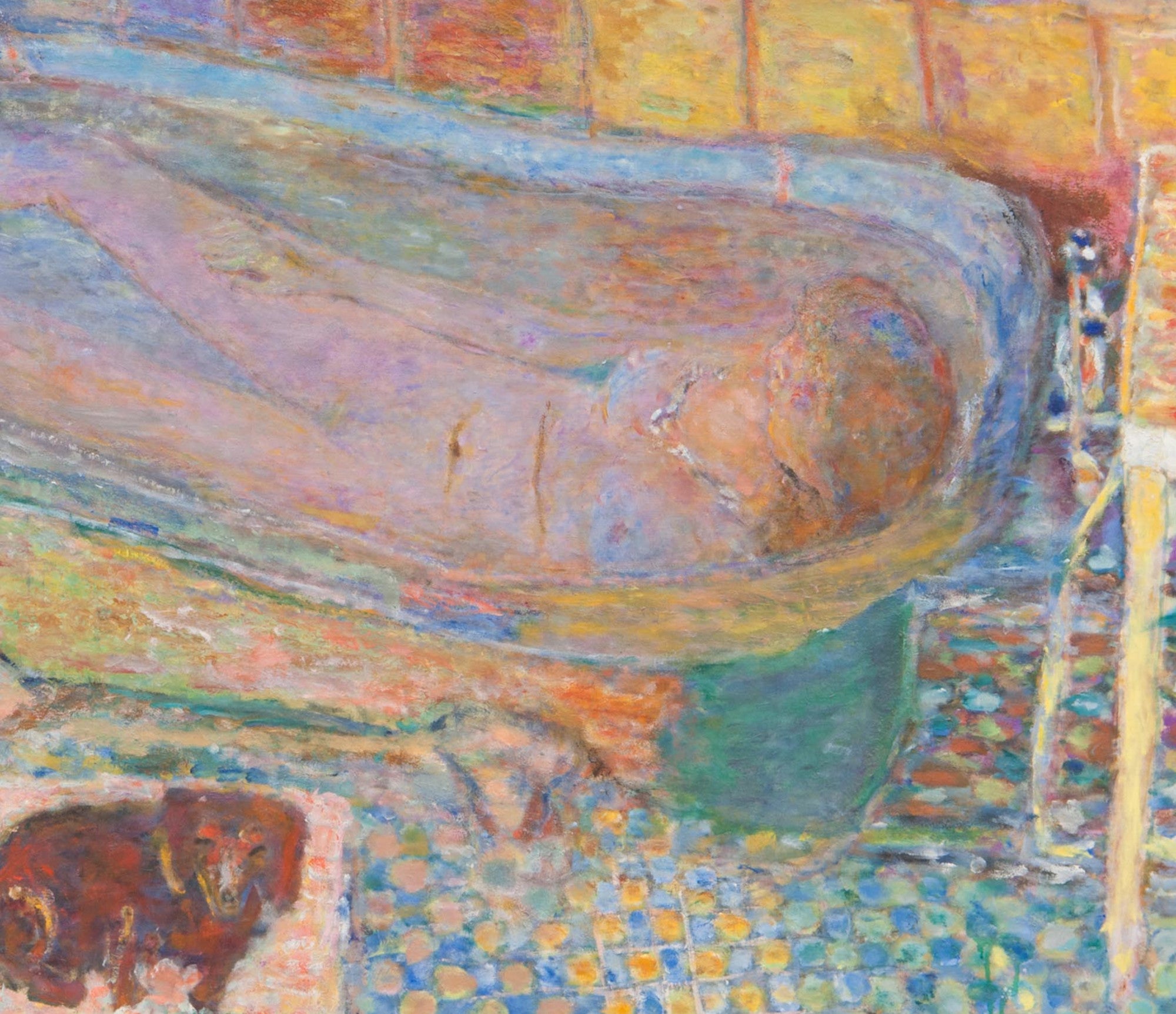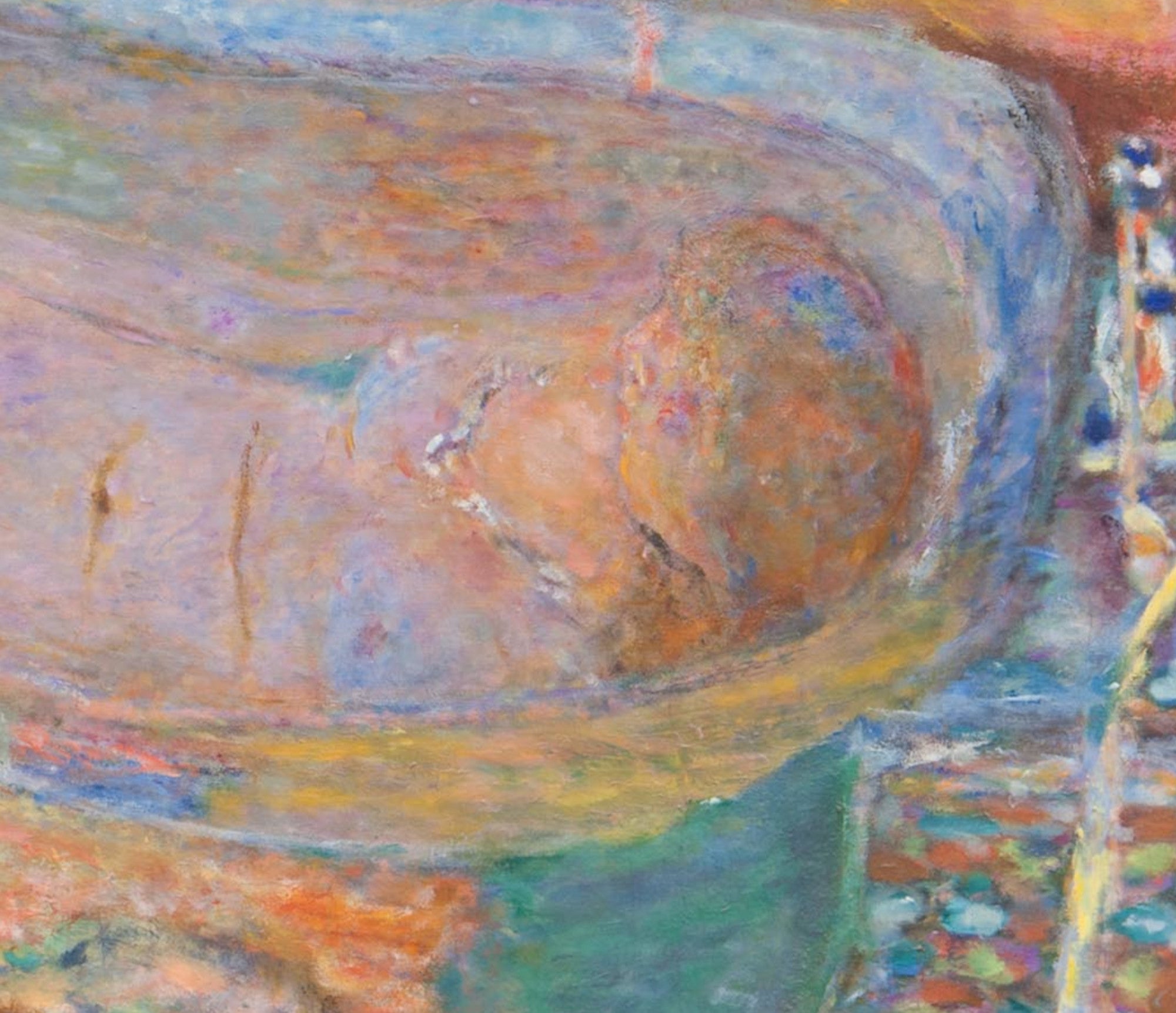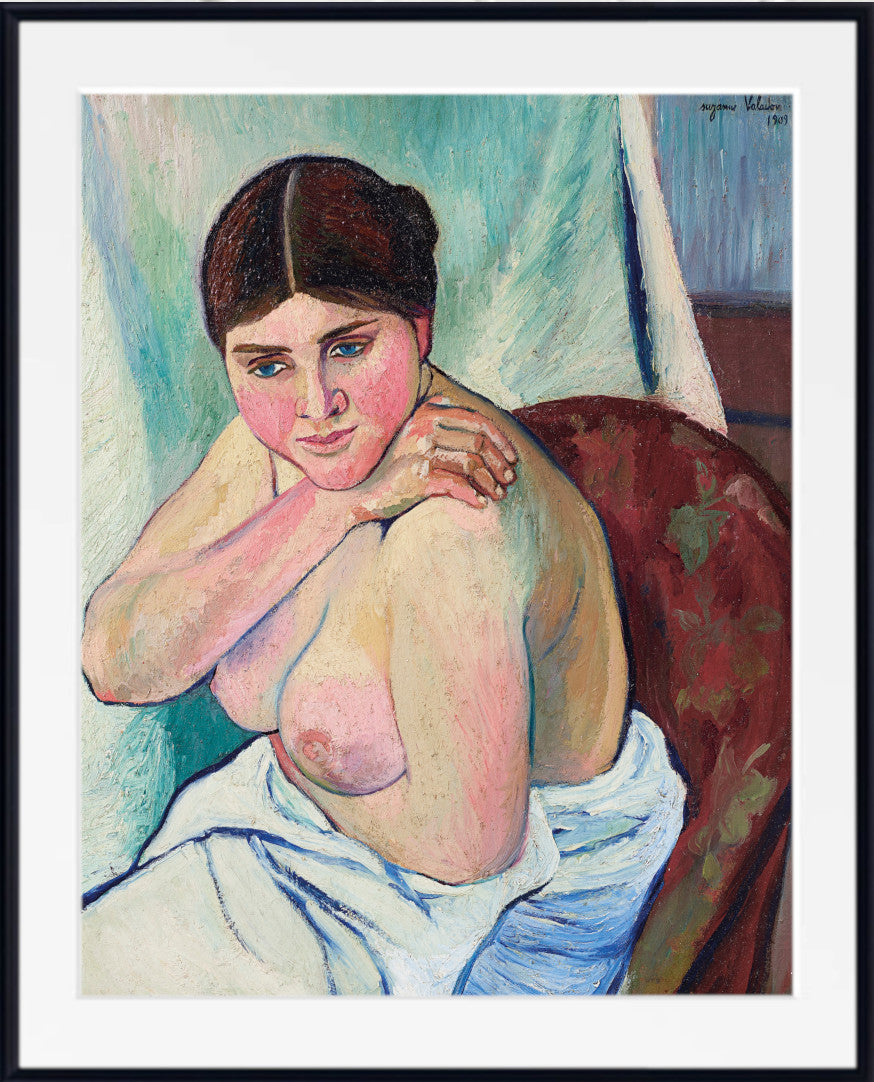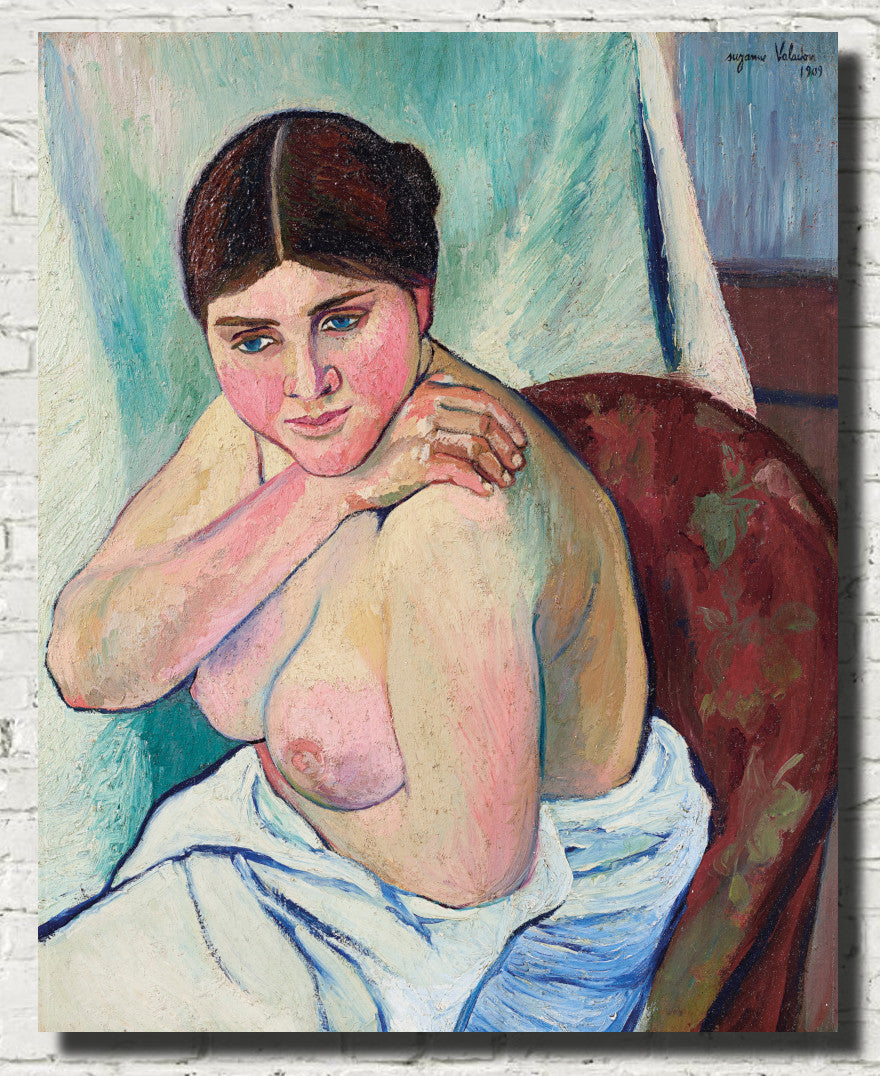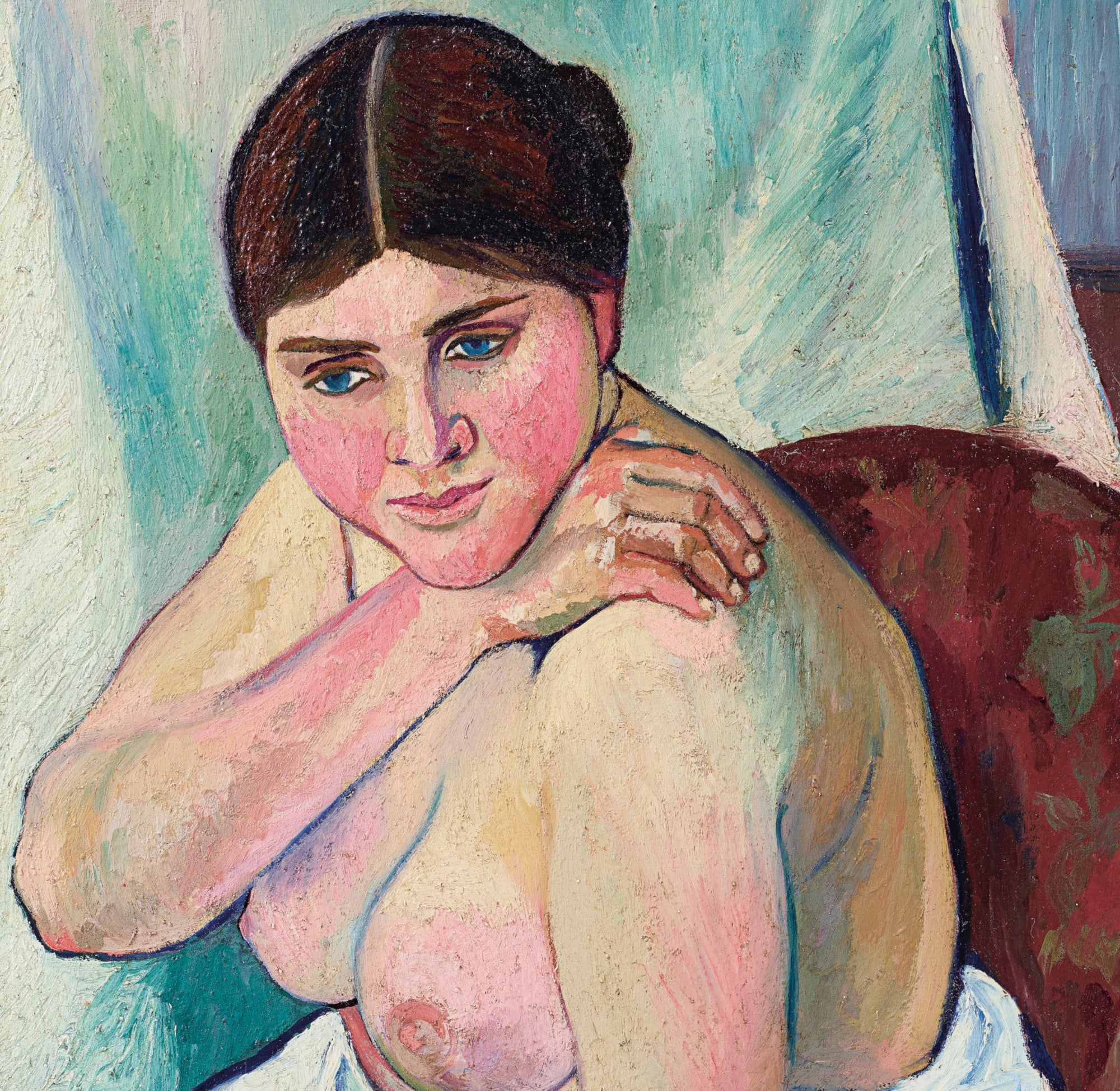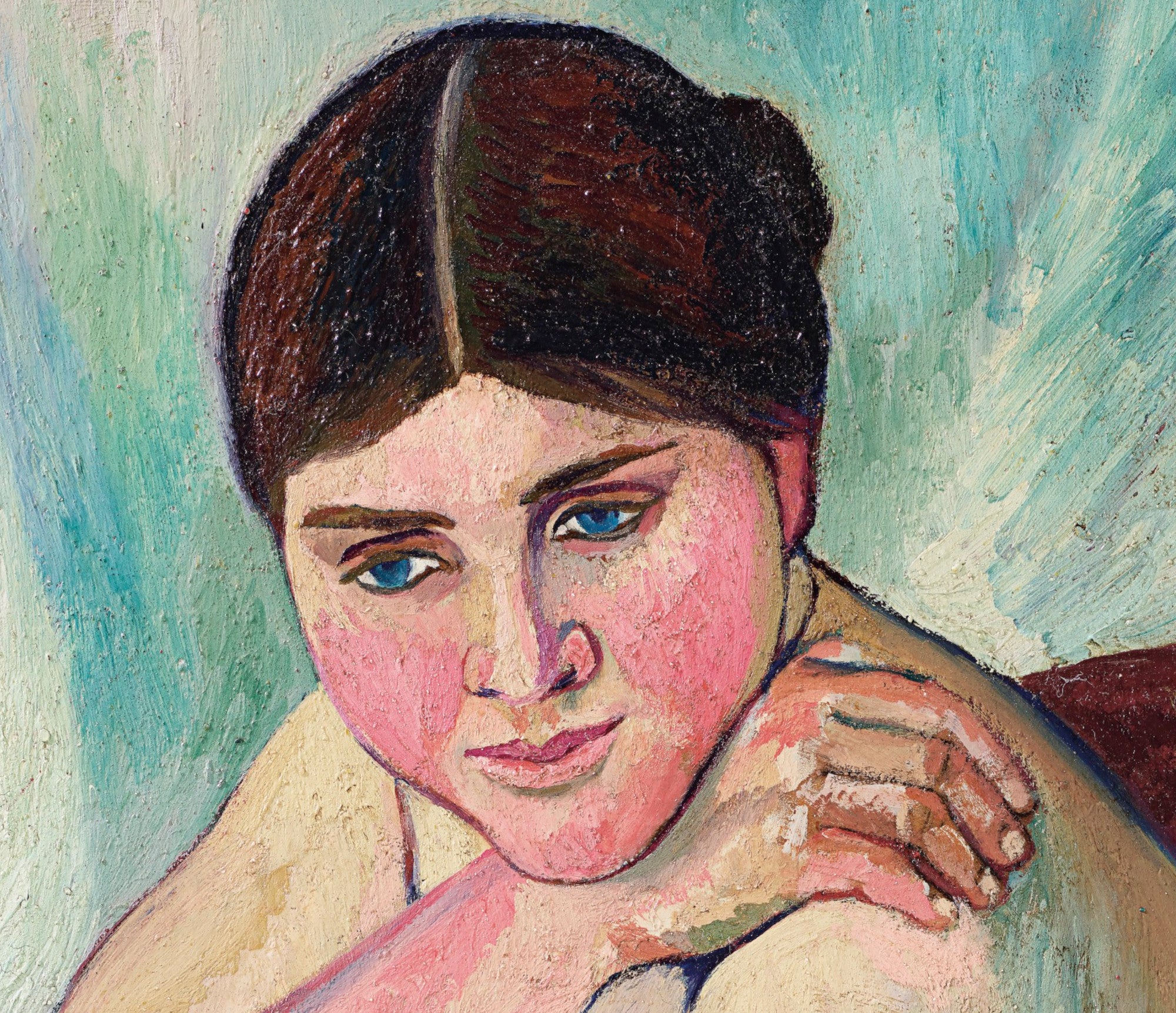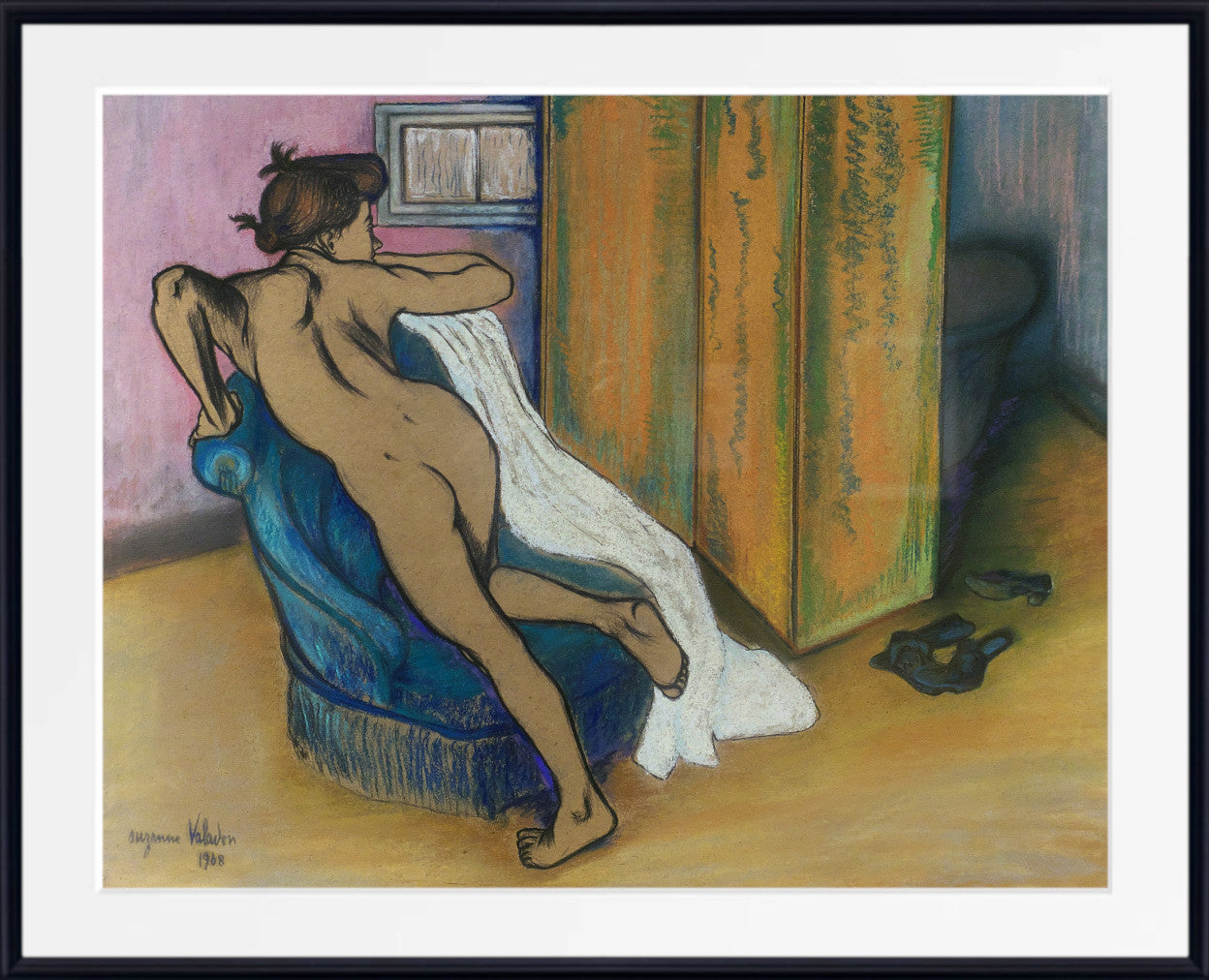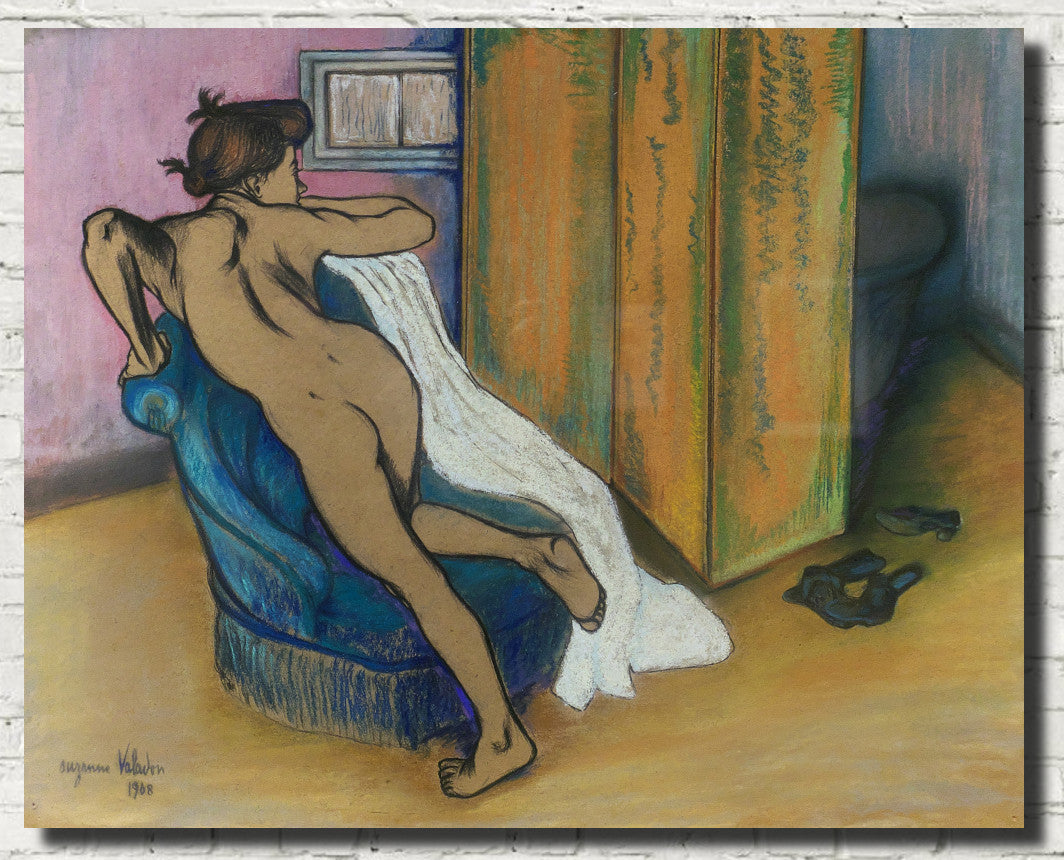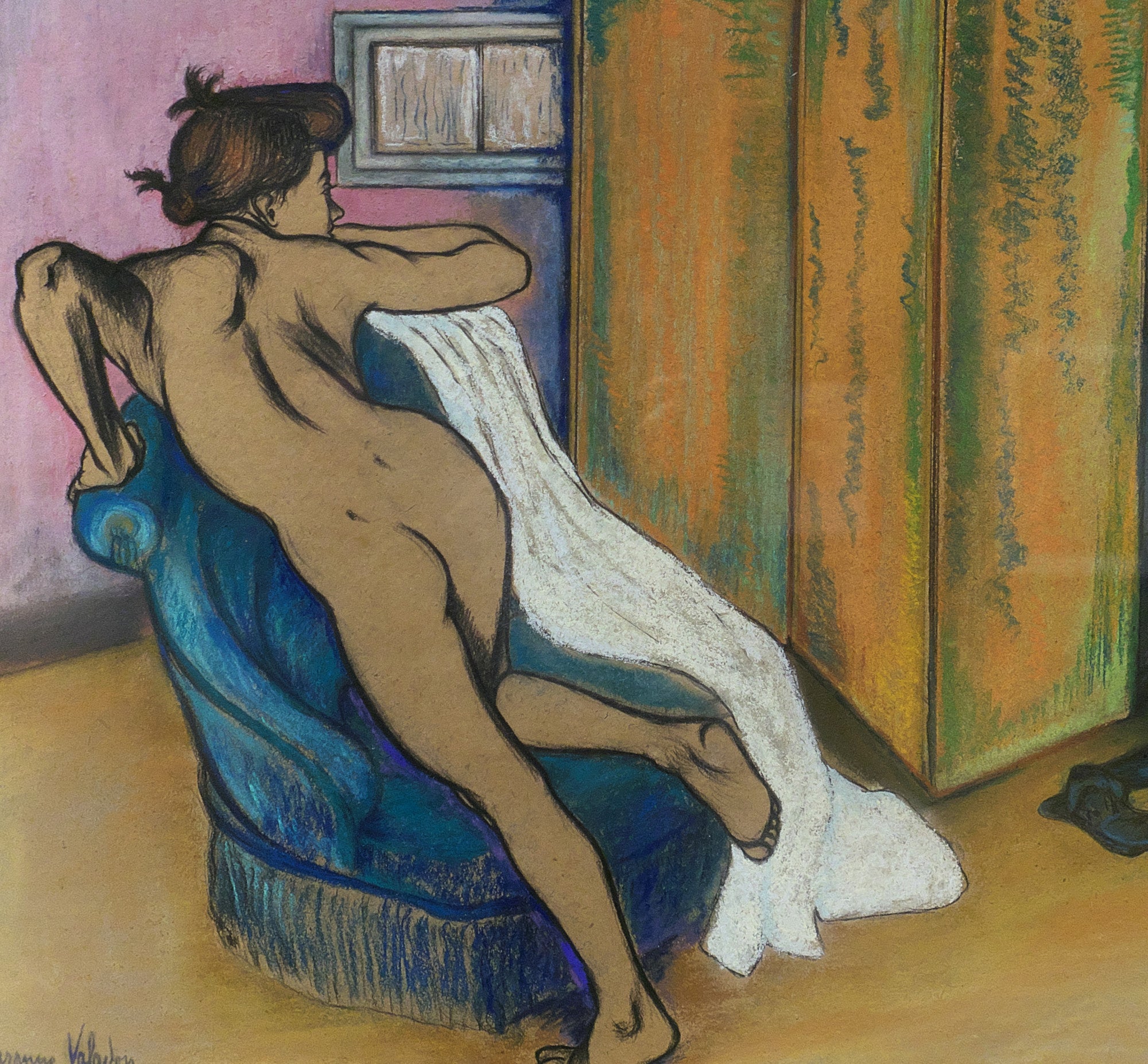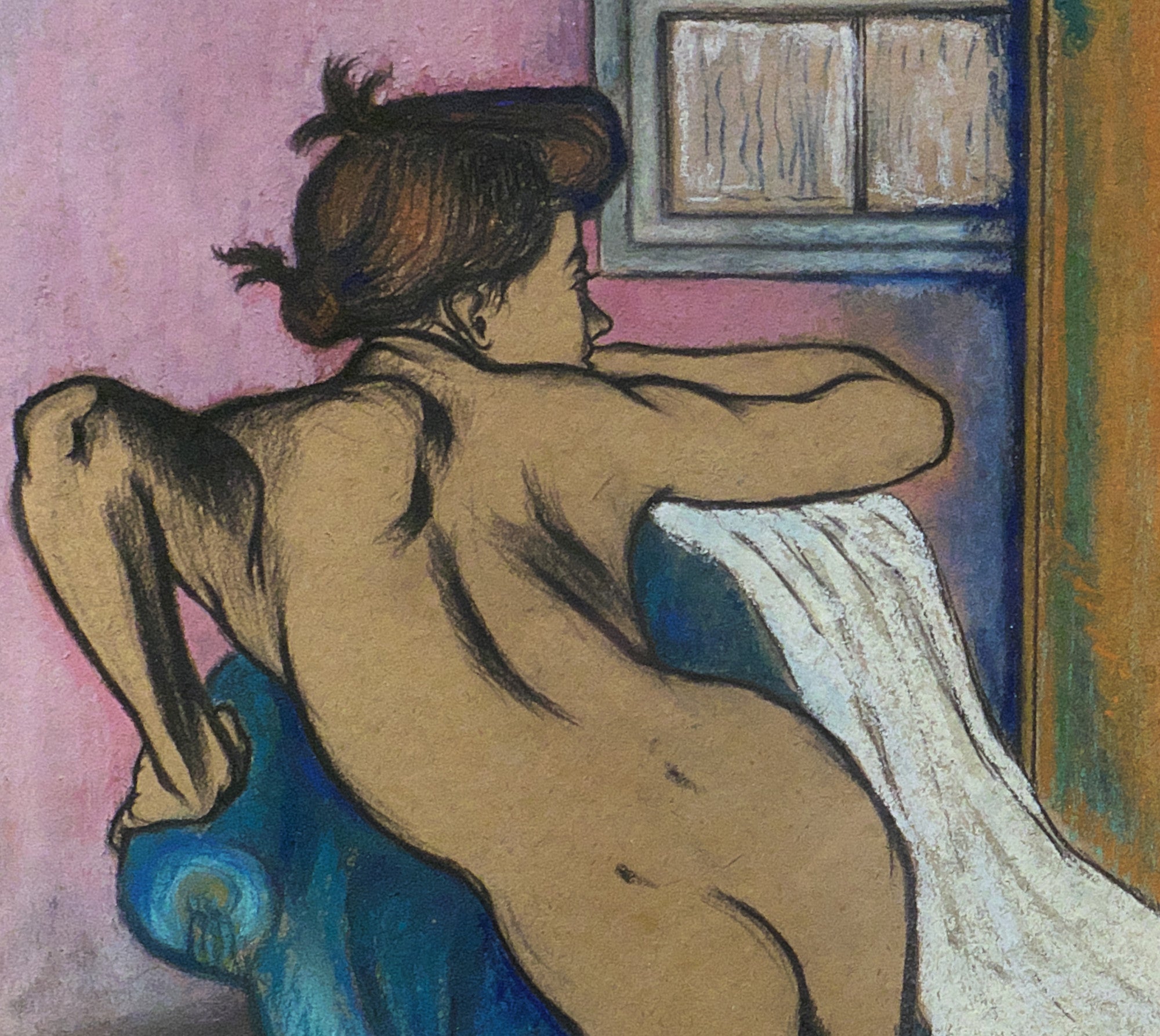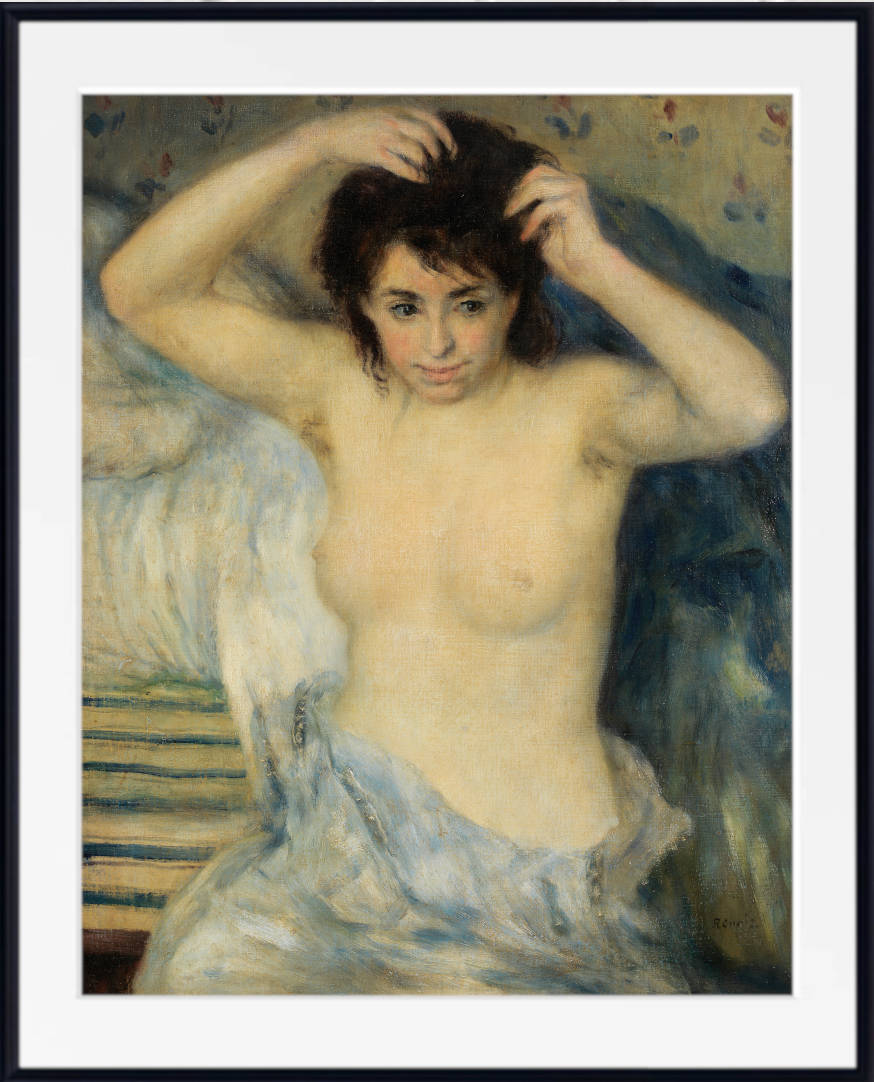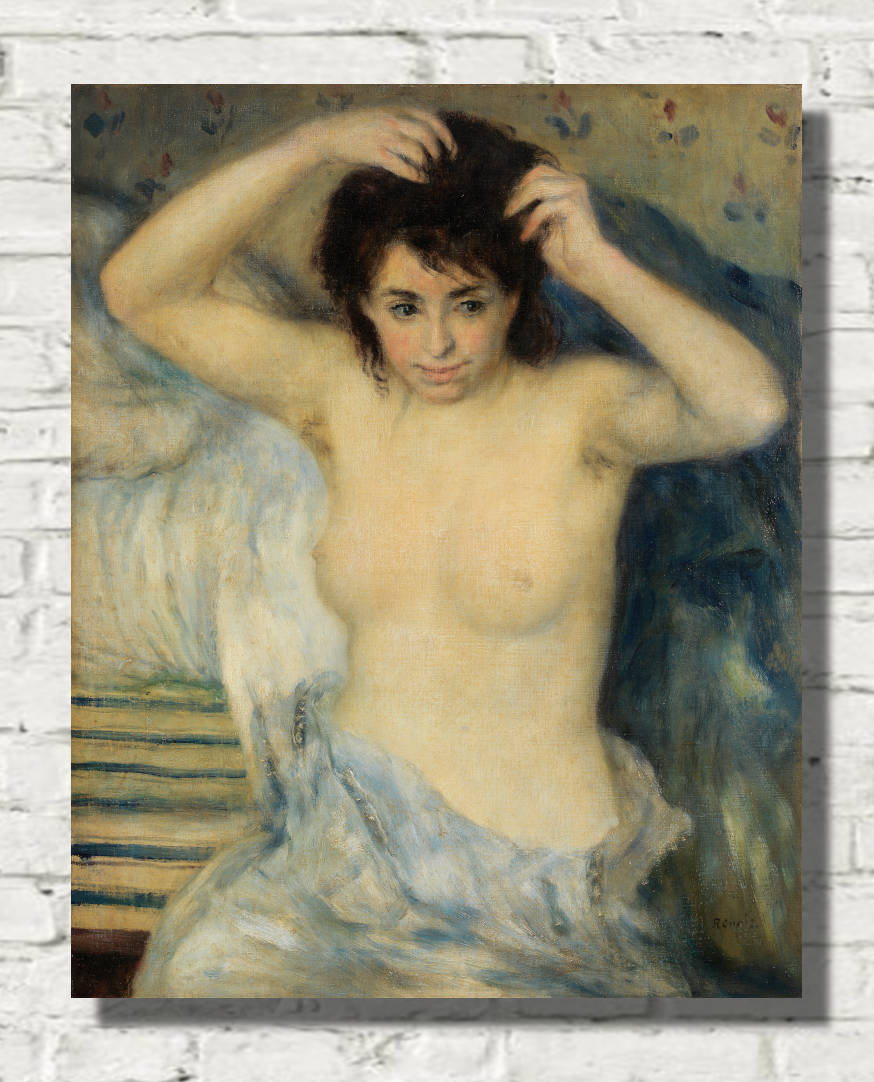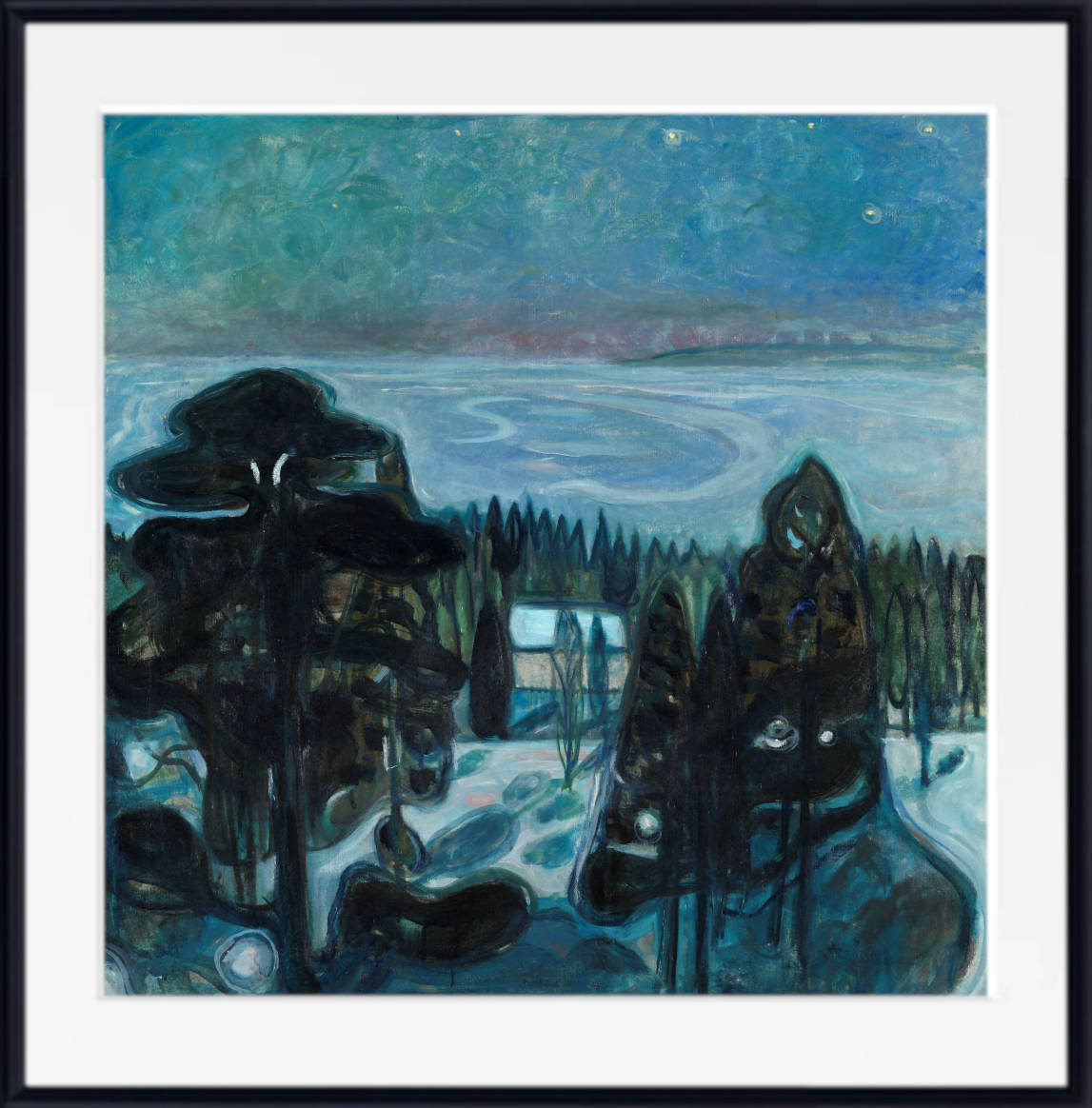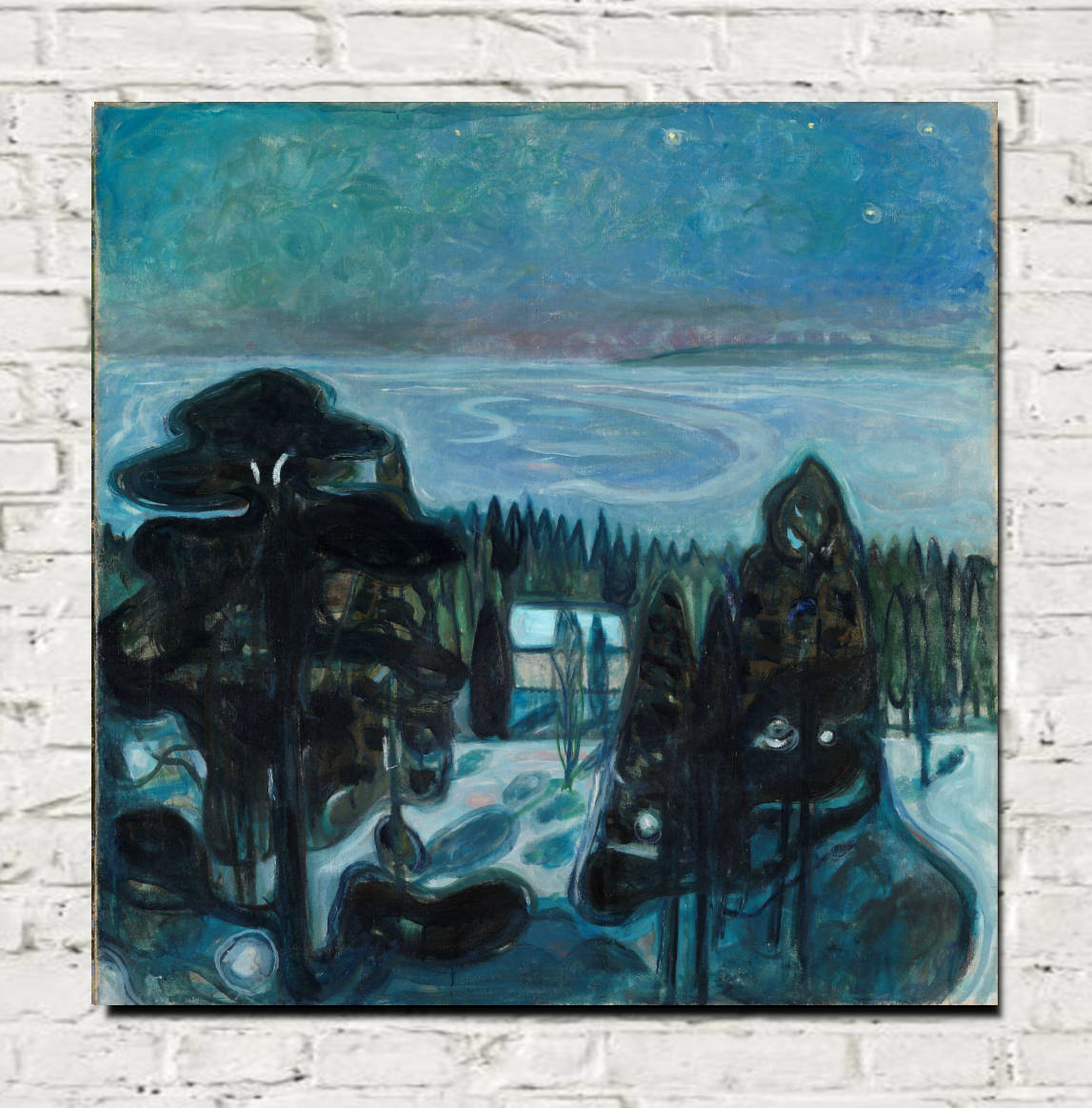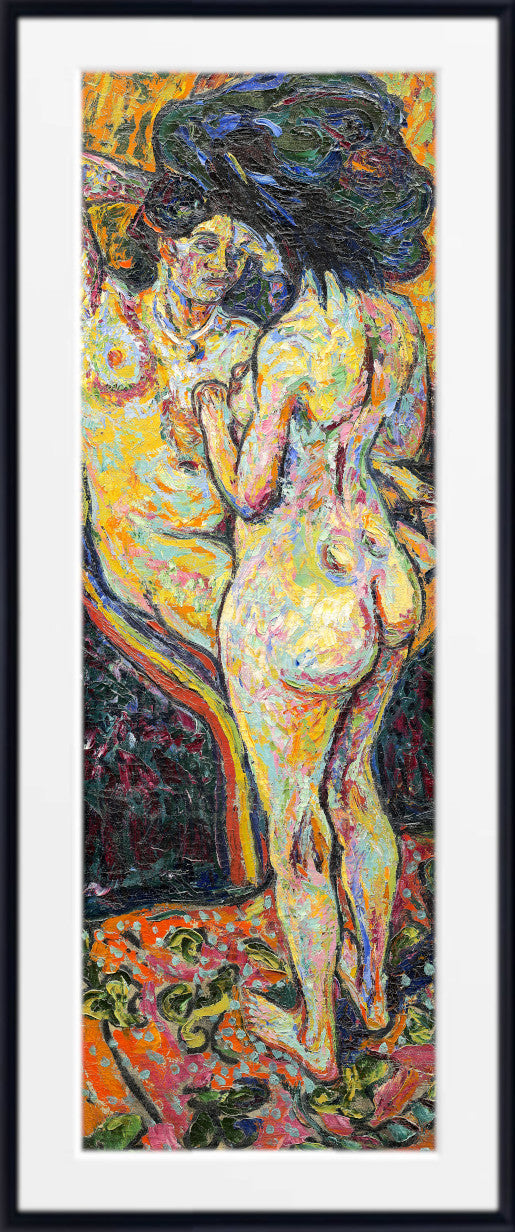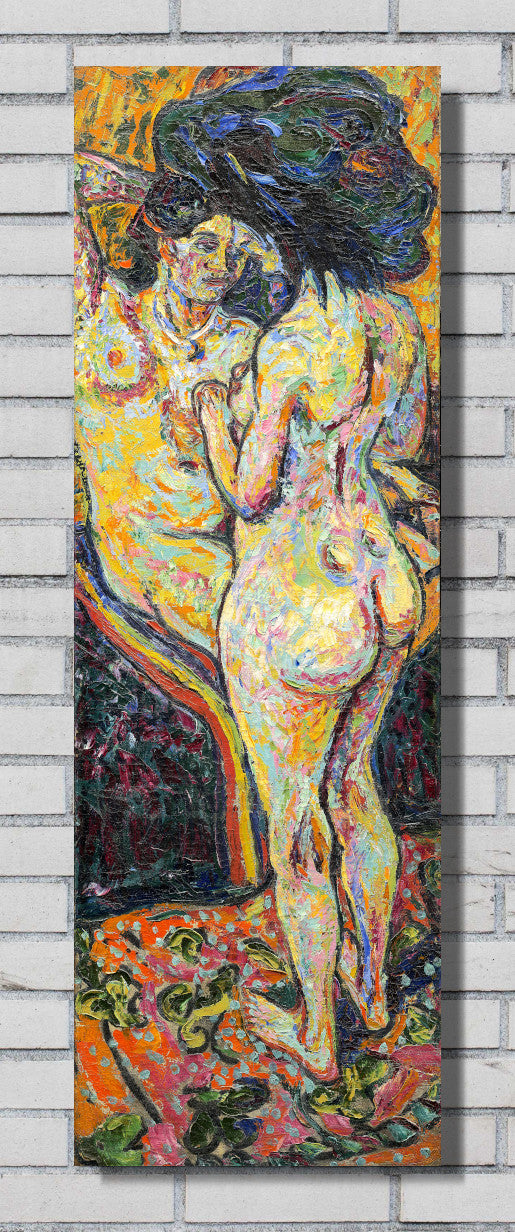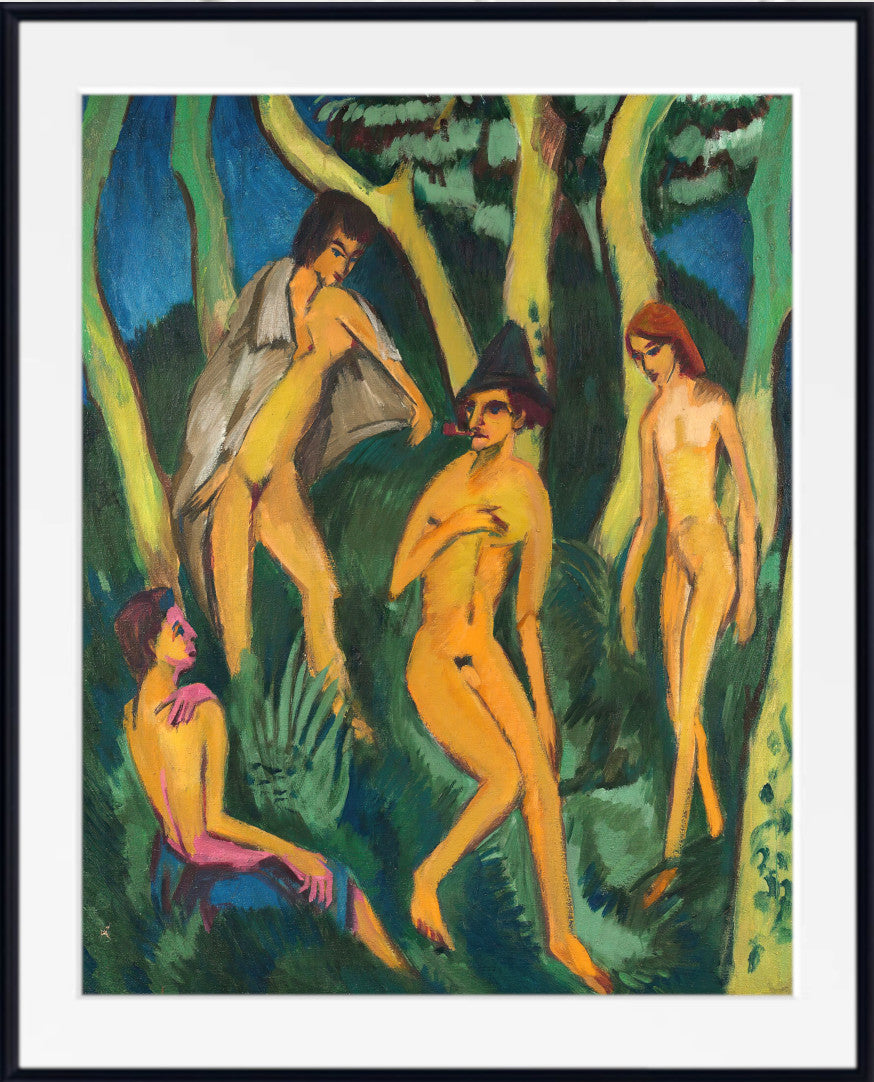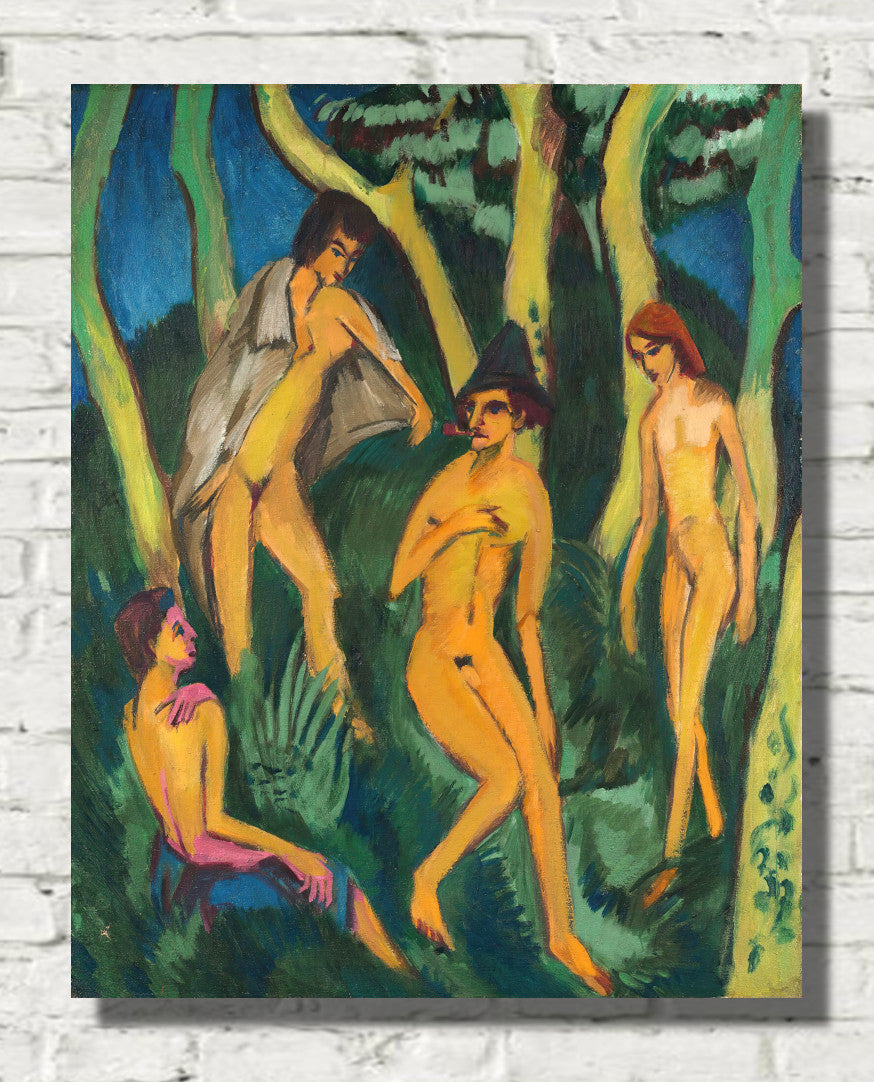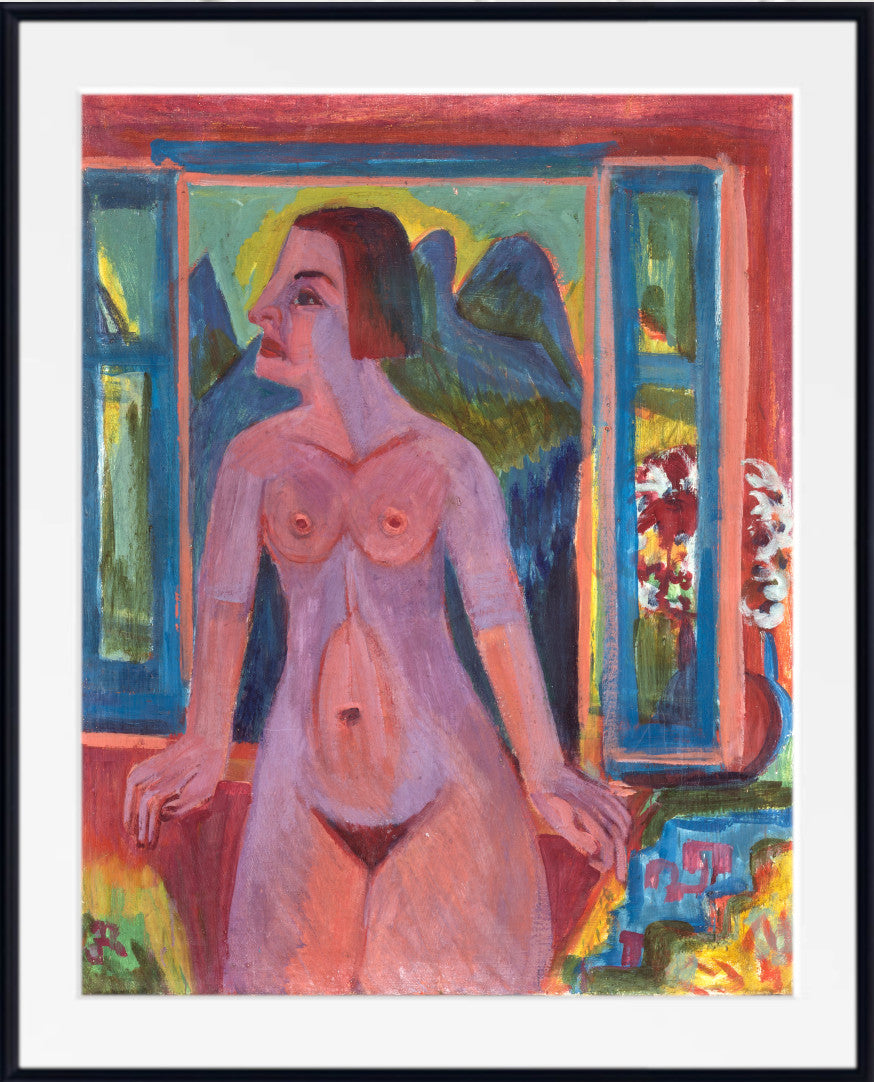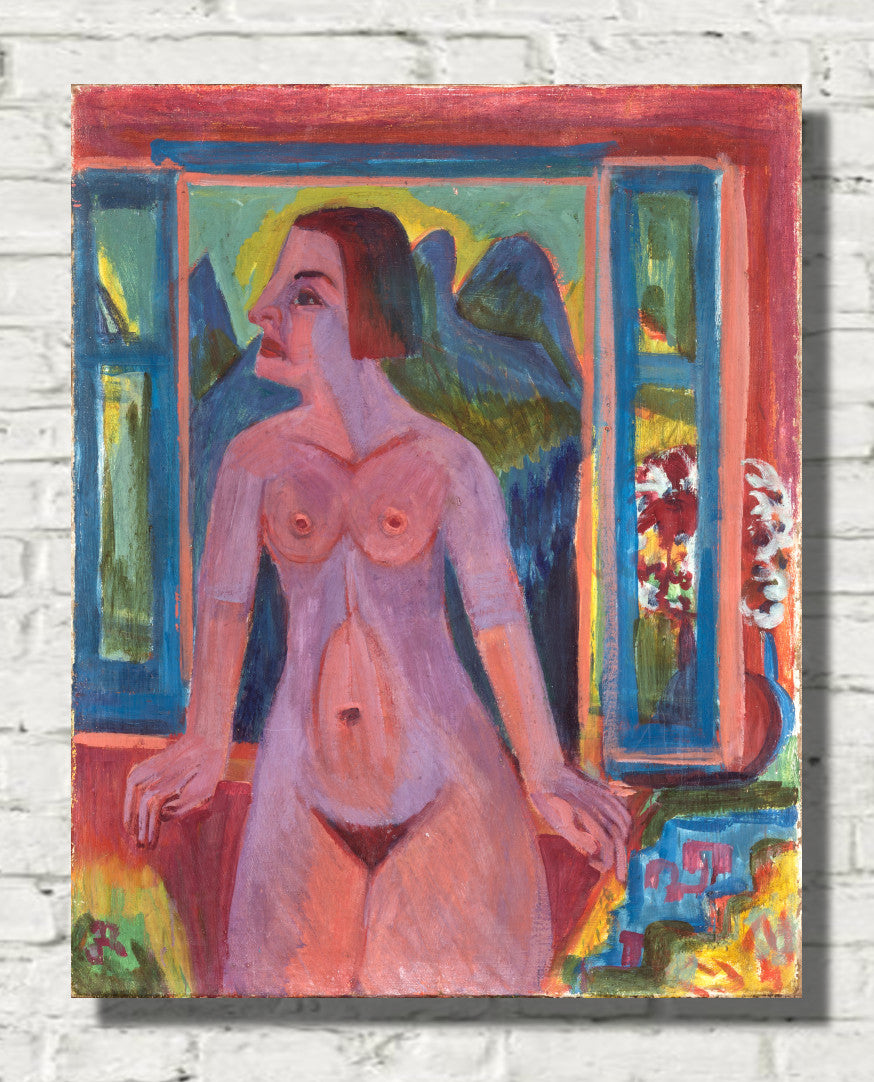Table of Contents:[hide]
1. Introduction to Tasteful Nude Art
Definition and Historical Context
Tasteful nude art is an artistic expression that depicts the human form in a manner that emphasizes beauty, dignity, and aesthetic value. Unlike explicit or pornographic content, tasteful nude art seeks to convey deeper themes such as vulnerability, strength, and the inherent beauty of the human body. The portrayal of nudes has been a central theme in art throughout history, tracing back to ancient civilizations where the human form was often idealized in sculpture and painting.
Suzanne Valadon - After the Bath
Importance in Artistic Expression
The human body, in its raw and unadorned state, has been a subject of fascination for artists across cultures and time periods. Tasteful nude art plays a crucial role in exploring themes of identity, emotion, and the human experience. It serves as a medium through which artists can challenge societal norms, express intimate thoughts, and connect with audiences on a profound level.
2. Historical Evolution of Nude Art
Ancient Art and the Human Form
In ancient cultures, the human form was often depicted in its most idealized version. Greek and Roman sculptures, for example, showcased the nude form as a symbol of divine beauty and physical perfection. These works celebrated the human physique, emphasizing symmetry, proportion, and poise. In many ancient societies, nudity was not merely a depiction of the physical form but a representation of the gods and the divine.
William-Adolphe Bouguereau The Wave
Renaissance: Revival of Classical Ideals
The Renaissance marked a significant revival of classical ideals, including the portrayal of the nude human form. Artists like Michelangelo and Leonardo da Vinci studied human anatomy meticulously, producing works that highlighted the harmony and balance of the human body. The Renaissance nude was not just about physical beauty; it was imbued with symbolism and often conveyed religious or mythological themes.
Modern Era: Abstract and Contemporary Takes
In the modern era, artists began to explore more abstract and avant-garde approaches to the nude form. Movements such as Cubism and Surrealism reinterpreted the body in fragmented and dreamlike ways, challenging traditional representations. Contemporary nude art often pushes boundaries, using the human form to comment on issues like gender, identity, and power dynamics.
Nude Wearing Pearls - Howard Chandler Christy
3. Understanding Tastefulness in Art
Differentiating Tasteful from Explicit
The line between tasteful and explicit can be subjective, varying across cultures and personal sensibilities. Tasteful nude art focuses on composition, context, and the intent behind the depiction. It seeks to elevate the human form, treating it with respect and dignity, whereas explicit content tends to objectify or sensationalize the body for shock value or titillation.
Cultural and Societal Perspectives
Different cultures have varying perceptions of nudity in art. In some societies, the nude form is celebrated as a natural and beautiful aspect of life, while in others, it may be viewed with modesty or even shame. Understanding these cultural contexts is crucial in creating and interpreting nude art in a way that resonates respectfully with diverse audiences.
Felix Vallotton - Woman With a Bare Back on a Red Couch
4. Key Themes in Tasteful Nude Art
Exploration of Beauty and Aesthetics
One of the primary themes in tasteful nude art is the exploration of beauty. Artists use the human form to express ideals of grace, symmetry, and proportion. The nude figure serves as a canvas to explore artistic techniques, light, shadow, and form, creating works that are both visually and emotionally compelling.
Symbolism and Metaphor in Nude Art
Nude art often goes beyond mere representation, using the body as a metaphor for broader concepts such as purity, freedom, or vulnerability. The unclothed form can symbolize the stripping away of societal expectations, revealing the true essence of humanity.
The Human Body as a Subject of Vulnerability and Strength
The depiction of the nude body can simultaneously convey vulnerability and strength. It reflects the inherent fragility of the human condition while also celebrating the resilience and power of the human spirit. This duality is a recurring theme in many notable works of nude art.
5. Impact of Nude Art on Society
Social Movements and Nude Art
Nude art has often been at the forefront of social movements, challenging conventions and advocating for freedom of expression. From the feminist movement to LGBTQ+ activism, the portrayal of the nude body has been used as a powerful tool for social change, pushing boundaries and questioning societal norms.
Influence on Popular Culture
Nude art has significantly influenced popular culture, from fashion and advertising to film and music. Iconic images of the human body continue to shape visual culture, serving as inspiration for countless creatives across various industries.
Educational and Therapeutic Uses of Nude Art
Beyond its aesthetic value, nude art has also been used in educational and therapeutic contexts. Life drawing classes help artists understand human anatomy, while art therapy programs use the nude form to help individuals explore issues of body image, self-esteem, and personal identity.
6. The Most Popular Tasteful Nude Art Prints
Paul Ranson - The Blue Room
Pierre Bonnard - Nude with Red Cloth
Angel Zarraga - Self Portrait With Model
Konstantin Somox, The Boxer
Amedeo Modigliani - nu couche sur le cote gauche
Max Nonnenbruch - The Archer
Herbert James Draper - Flying Fish
Male Nude in the Studio of Bonnat - Laurits Tuxen
Henri Rousseau - The Dream
August Macke - Naked Girl with a Headscarf
Related Articles
Most Popular Nude Paintings
Most Famous Nude Paintings of All Time
Male Nudes - Top 10 Paintings
Erotic Art Prints

